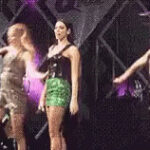What exactly defines a “dance song”? It’s a broad question. In a way, any piece of music that inspires movement could be considered danceable, from The Beatles to Slayer. Hip-hop and reggae are almost universally dance-inducing. However, when we talk about the greatest dance songs, we’re diving into a more specific realm: “dance music culture.” This vibrant and expansive world spans nearly half a century, constantly evolving and shaping itself from its origins to the sounds of tomorrow.
Our exploration of dance music begins in the mid-1970s with the explosion of disco, charting its course through early 80s club scenes like electro and Latin freestyle. Disco’s spirit was reborn in Chicago as house music and in Detroit as techno, leading to the seismic rave era of the 90s. This decade birthed a multitude of genres, from jungle to trance, gabba to garage, eventually paving the way for the EDM and dubstep boom of the 2000s. While these genres have experienced moments in the spotlight, they never truly disappear. Drum ‘n’ bass, for example, is currently experiencing a resurgence, and even contemporary house tracks echo the sounds of the past.
This curated list isn’t an exhaustive catalog of every sub-genre within this vast ocean of dance music. Instead, we’ve focused on tracks that transcend niche categories, achieving a universal appeal and canonical status. We’ve paid particular attention to moments where dance music intersected with broader musical landscapes – synth-pop, hip-hop, funk, Miami bass, R&B, indie-rock, Latin, and mainstream pop. This is why you’ll find artists like Prince, Robyn, Britney Spears, and Shakira alongside pioneers like Frankie Knuckles, Moodymann, Goldie, and SOPHIE.
If you’re curious about the journey that led to a musical landscape where artists like Drake and Beyoncé are embracing house music, this is that story – or at least, our interpretation of it.
Donna Summer, ‘Last Dance’ (1979)
Image Credit: Redferns
While the film Thank God It’s Friday might be seen as a commercial endeavor for Casablanca Records, Donna Summer’s “Last Dance” transcends its cinematic origins. This track, awarded an Oscar for Best Original Song, begins with a slow tempo that gradually builds into a thrilling disco anthem. Bob Esty, Casablanca’s producer, masterfully conceived the song’s tempo shift, making it a standout track of the era.
Fatboy Slim, ‘The Rockafeller Skank’ (1998)
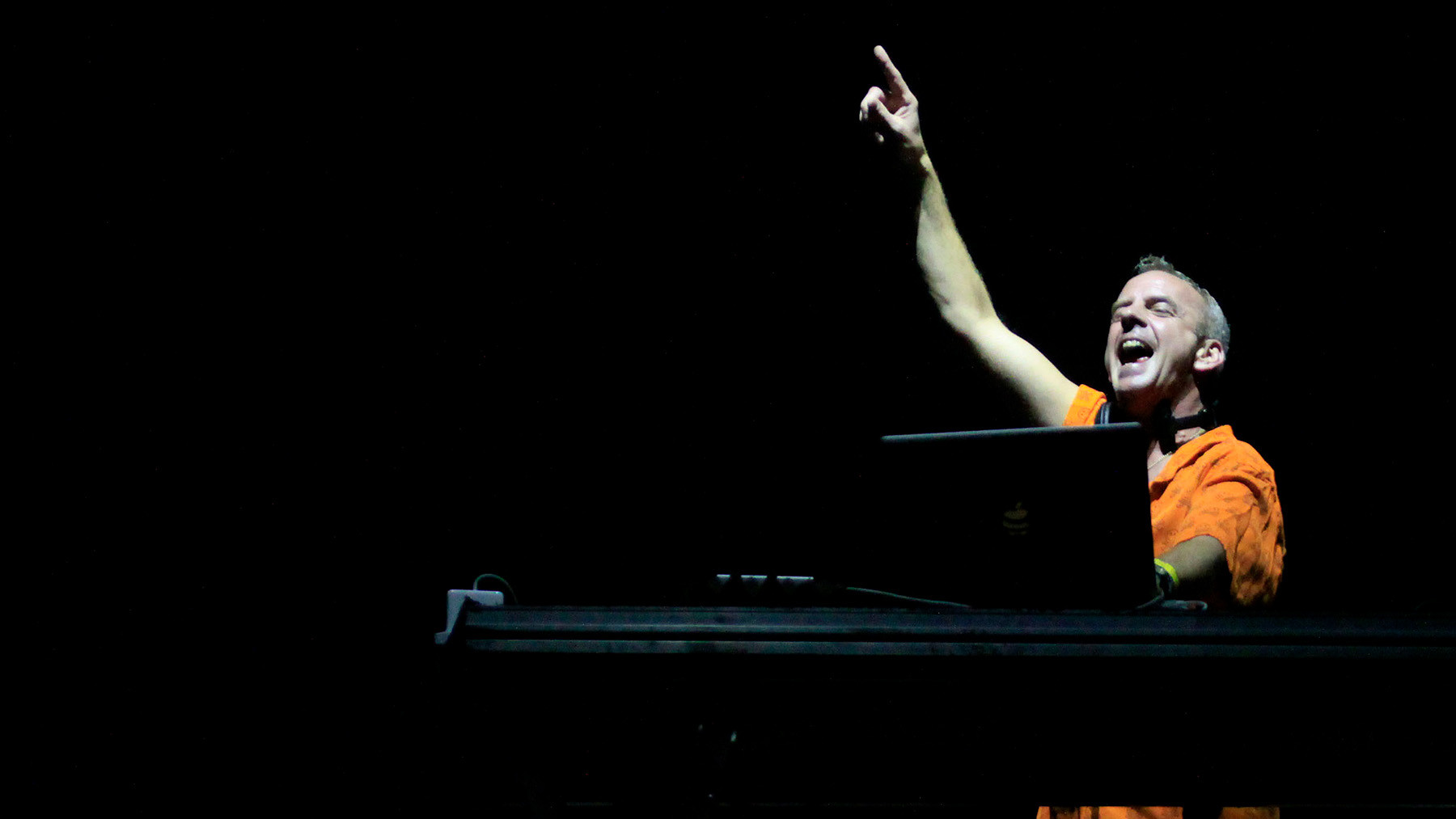 British DJ Fatboy Slim performs a concert at the Pop Music Festival, held at the parking lot of the Federation of Industries of Rio Grande do Sul, in northern Porto Alegre, southern Brazil, on March 15, 2011. Photo: WESLEY SANTOS/AE/AE (Agencia Estado via AP Images)Image Credit: AP
British DJ Fatboy Slim performs a concert at the Pop Music Festival, held at the parking lot of the Federation of Industries of Rio Grande do Sul, in northern Porto Alegre, southern Brazil, on March 15, 2011. Photo: WESLEY SANTOS/AE/AE (Agencia Estado via AP Images)Image Credit: AP
“The Rockafeller Skank,” Fatboy Slim’s biggest hit, is a testament to Norman Cook’s production genius. His signature formula of breakbeats and guitar riffs reaches peak efficiency in this track. Featuring a surf-rock guitar riff and a vocal sample from Lord Finesse (“Right about now, the funk soul brother/Check it out now, the funk soul brother”), “Skank” became an unavoidable anthem. As Cook himself noted, it became an anthem for a “beer-boyish mentality,” cementing its place in dance music history.
Mescalinum United, ‘We Have Arrived’ (1991)
Techno’s heavier counterpart, “gabber,” finds its pioneer in Marc Acardipane. Under the moniker Mescalinum United, he released “We Have Arrived,” a foundational track for the gabber genre. Built upon powerful drums and piercing air-raid siren sounds, this track became a staple in early 90s raves, especially in Brooklyn, where it fueled energetic moshing.
Oliver Heldens, ‘Melody’ (2016)
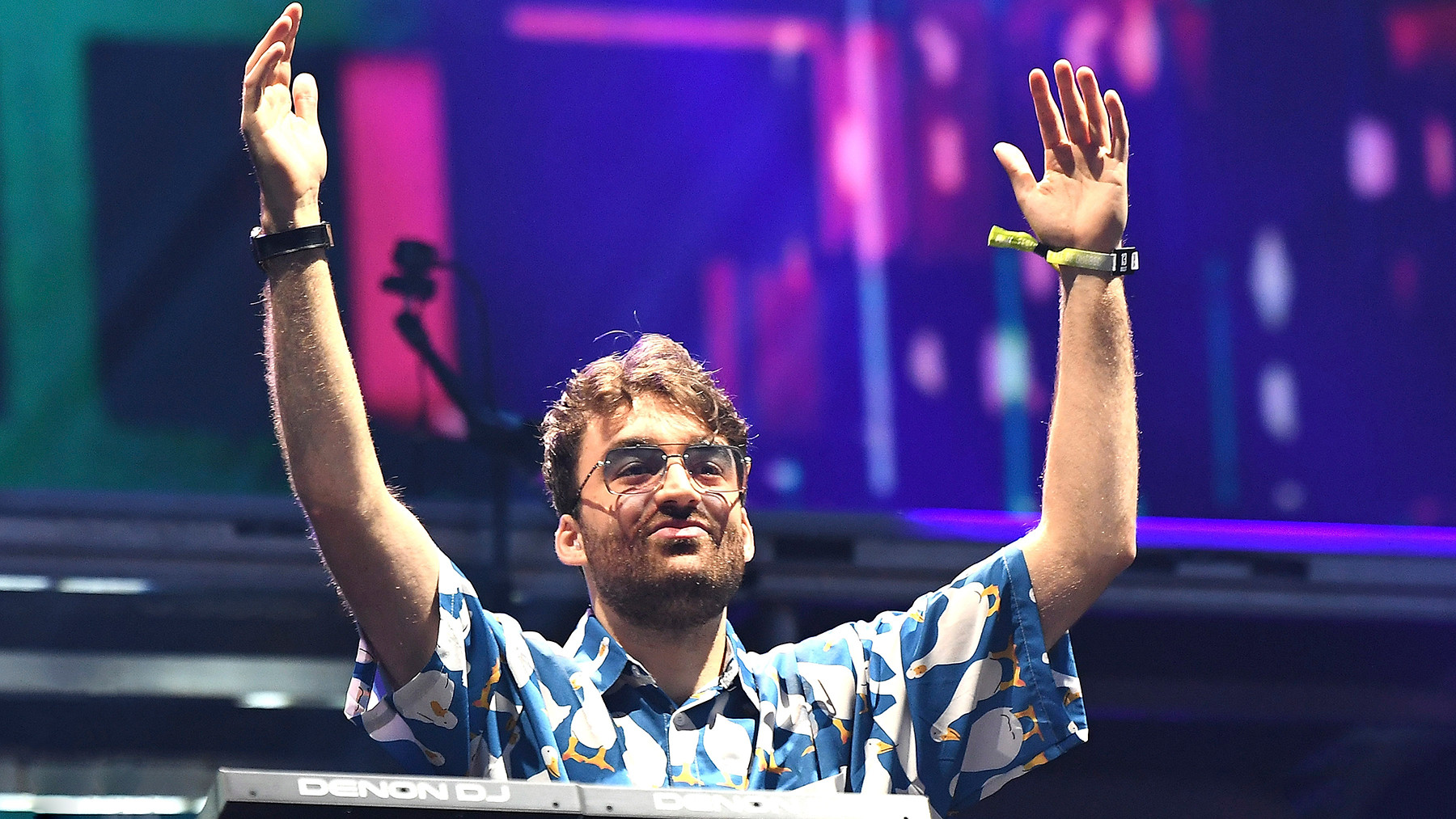 Oliver HeldensBy the mid-2010s, a shift away from brute-force build-and-drop dynamics in dance music was evident. Oliver Heldens’ “Melody” embodied this change. Released when Heldens was only 18, this track introduced a more refined sound with dramatic string arrangements and uplifting piano melodies, while maintaining a powerful bassline. “Melody” signaled a new direction in dance music, embracing classicism with contemporary energy.
Oliver HeldensBy the mid-2010s, a shift away from brute-force build-and-drop dynamics in dance music was evident. Oliver Heldens’ “Melody” embodied this change. Released when Heldens was only 18, this track introduced a more refined sound with dramatic string arrangements and uplifting piano melodies, while maintaining a powerful bassline. “Melody” signaled a new direction in dance music, embracing classicism with contemporary energy.
Kerri Chandler, ‘Rain’ (1998)
Kerri Chandler, a New Jersey house producer, is revered for his soulful and deeply personal tracks. “I write my life’s story and let it out through the music,” Chandler stated. “Rain” exemplifies this approach, with Chandler’s poignant vocals punctuated by the repeated word “rain.” While the lyrics hint at melancholy (“Never knew you could be this way — rain”), the music is more playful, particularly the catchy xylophone solo, resulting in a track that is both emotional and danceable.
Detroit Grand Pubahs, ‘Sandwiches’ (2000)
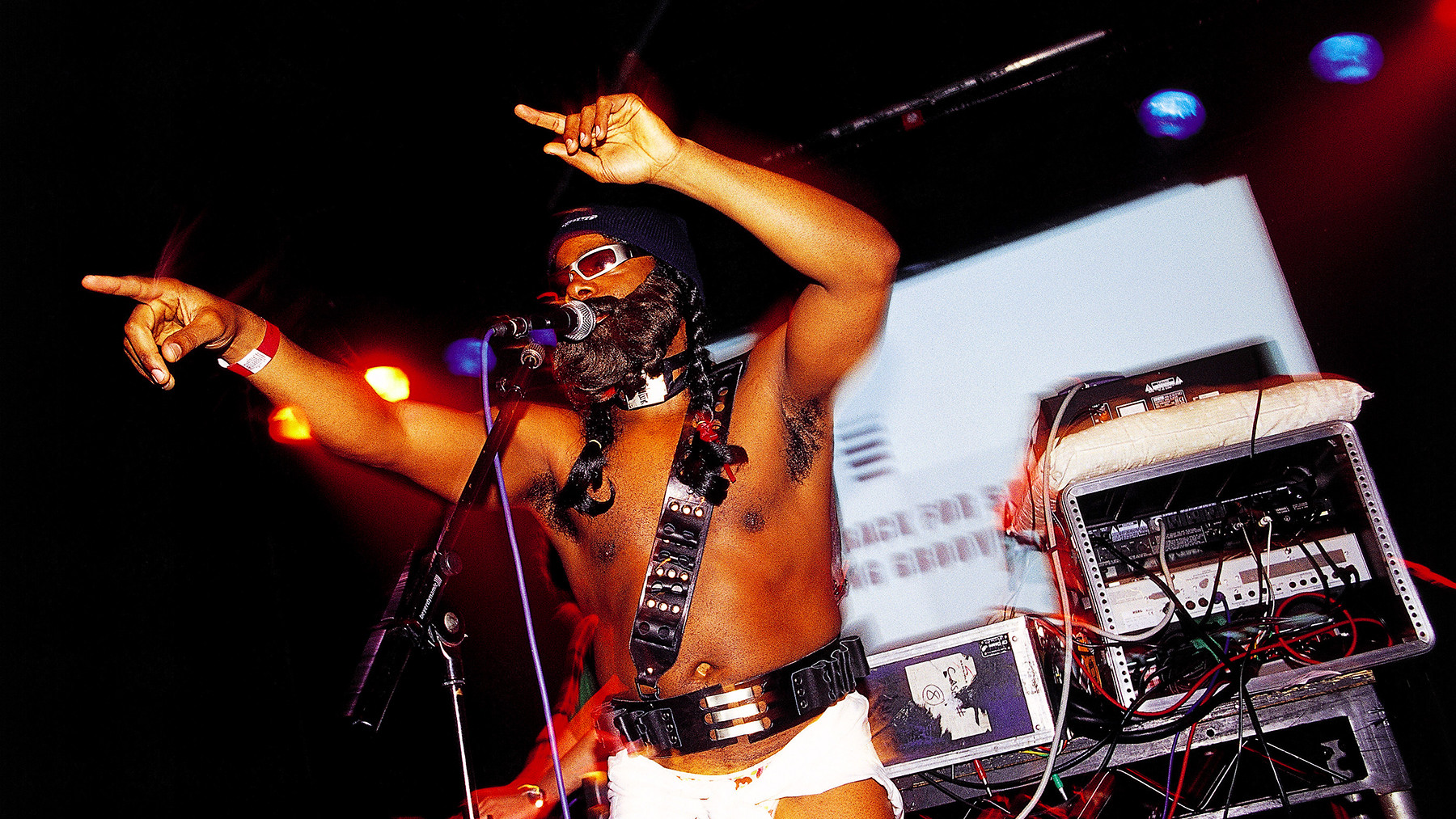 LONDON, ENGLAND – 2002: Mack Goudy Jr, aka Paris the Black Fu, of Detroit Grand Pubahs performs live at the ICA, circa 2002 in London, England. (Photo by Jim Dyson/Getty Images)Image Credit: Jim Dyson/Getty Images
LONDON, ENGLAND – 2002: Mack Goudy Jr, aka Paris the Black Fu, of Detroit Grand Pubahs performs live at the ICA, circa 2002 in London, England. (Photo by Jim Dyson/Getty Images)Image Credit: Jim Dyson/Getty Images
Detroit Grand Pubahs’ “Sandwiches” is a quirky electro track born from a spontaneous studio session. Andy Toth created a dynamic electro beat, and Mack Goudy Jr. (Paris the Black Fu) improvised suggestive lyrics about a dance floor encounter. This unexpected collaboration became a global club hit, marking a significant moment in Detroit’s electro revival at the turn of the millennium.
Black Box, ‘Everybody Everybody’ (1990)
“Everybody Everybody” by Black Box emerged amidst controversy but became an undeniable dance anthem. Martha Wash of the Weather Girls recorded vocals for the track, initially under the impression they were demos. However, the songs were released under the name Black Box with Wash uncredited, and a model was used to lip-sync in videos. Despite the ethical issues, the track’s infectious energy and powerful vocals propelled it to global success, becoming a defining sound of 90s house music.
Big Freedia, ‘Azz Everywhere’ (2010)
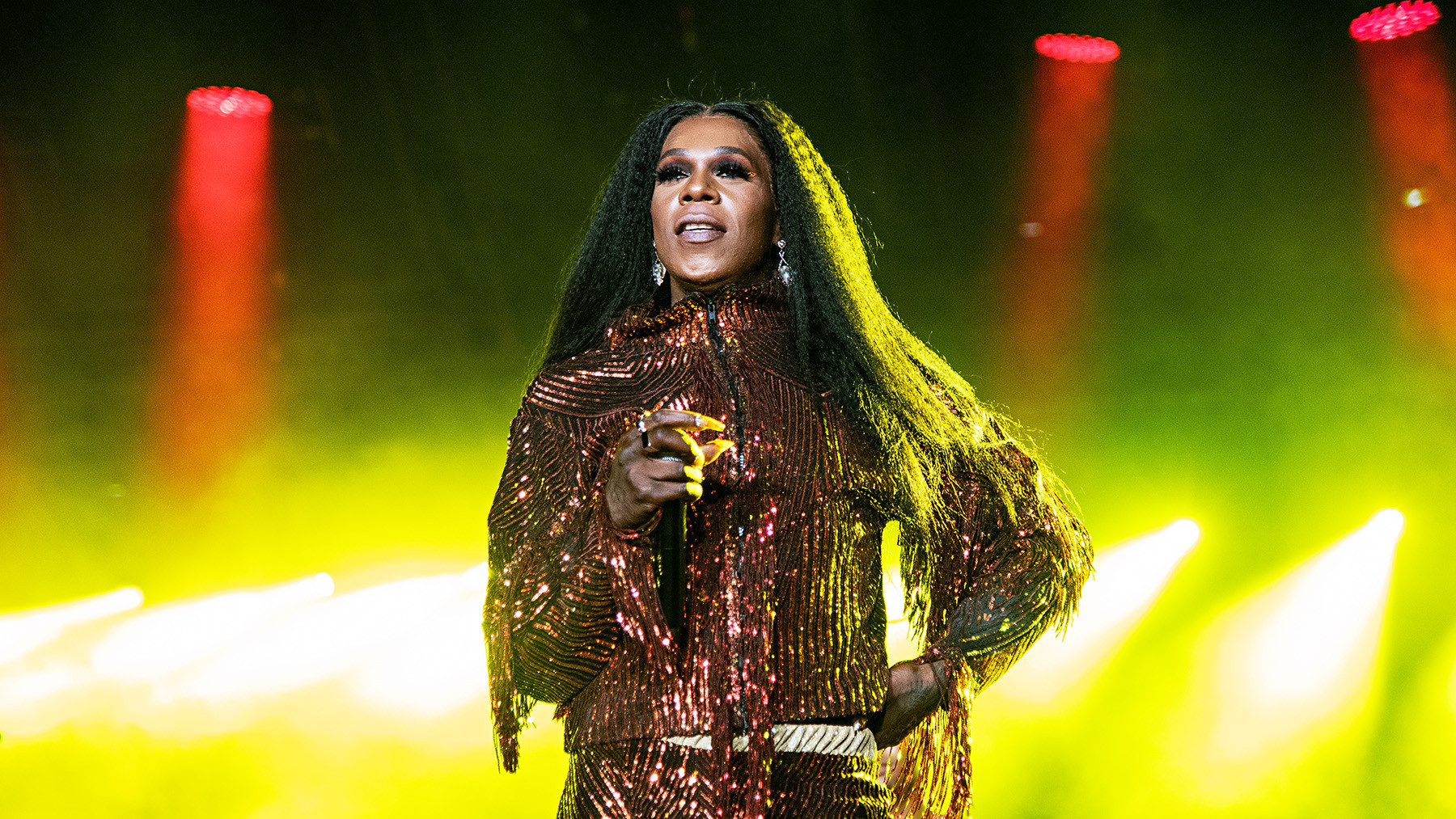 Big Freedia performs at the 2019 Essence Festival at the Mercedes-Benz Superdome, Sunday, July 7, 2019, in New Orleans. (Photo by Amy Harris/Invision/AP)Image Credit: Amy Harris/Invision/AP
Big Freedia performs at the 2019 Essence Festival at the Mercedes-Benz Superdome, Sunday, July 7, 2019, in New Orleans. (Photo by Amy Harris/Invision/AP)Image Credit: Amy Harris/Invision/AP
Big Freedia’s “Azz Everywhere” brought the New Orleans bounce sound to a wider audience. This high-energy track, characterized by rapid-fire snares, samples, and the shouted title phrase, perfectly embodies the genre for which twerking was invented. Big Freedia has been instrumental in popularizing bounce music, describing it as “uptempo, heavy bass, holler-response music” inextricably linked to “azz shaking!”
Joy Orbison, ‘Hyph Mngo’ (2009)
Joy Orbison’s “Hyph Mngo” captured the adventurous spirit of late 2000s dubstep. While the bassline and synths create a smooth foundation, the track’s ricocheting snare and fragmented vocal samples (“Ooh!” and “I do”) add an unexpected emotional depth rare in dubstep. This unique combination propelled “Hyph Mngo” into the mainstream, becoming one of the biggest dubstep tracks of 2009.
ESG, ‘Moody’ (1981)
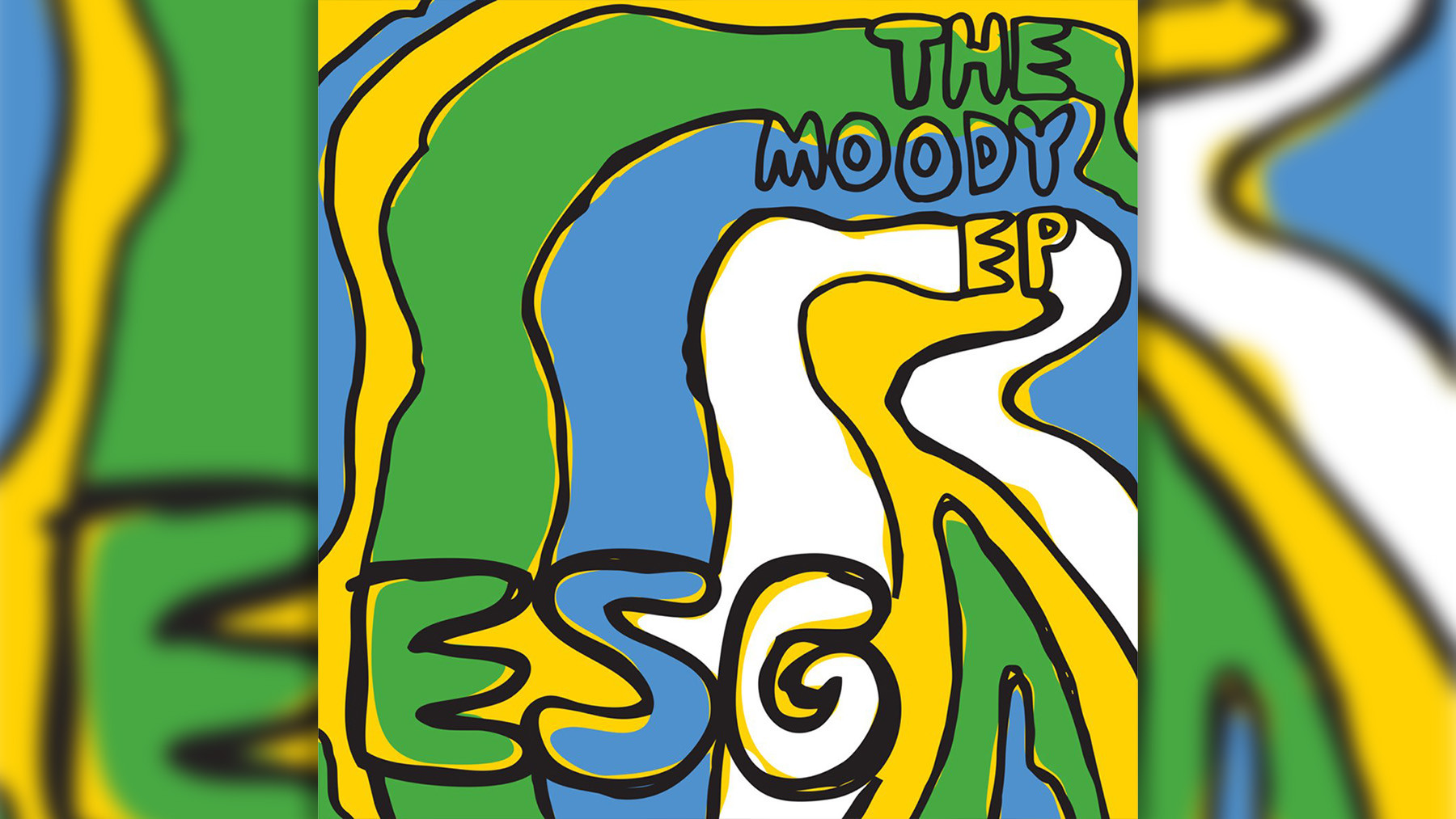 ESG MoodyESG, the Scroggins sisters from the South Bronx, left a lasting impact on New York dance music. Their sound, a blend of funk and disco with a minimalist approach and focus on percussion, resonated with post-punk and no-wave scenes. “Moody,” produced by Joy Division’s Martin Hannett, remains a timeless track, featuring a hypnotic bassline, bongo rhythms, and Renee Scroggins’ ethereal vocals, creating a sound that still feels ahead of its time.
ESG MoodyESG, the Scroggins sisters from the South Bronx, left a lasting impact on New York dance music. Their sound, a blend of funk and disco with a minimalist approach and focus on percussion, resonated with post-punk and no-wave scenes. “Moody,” produced by Joy Division’s Martin Hannett, remains a timeless track, featuring a hypnotic bassline, bongo rhythms, and Renee Scroggins’ ethereal vocals, creating a sound that still feels ahead of its time.
La Roux, ‘In for the Kill (Skream’s Let’s Get Ravey Remix)’ (2009)
Image Credit: Jim Ross/Invision/AP
Skream’s remix of La Roux’s “In for the Kill” is a testament to the power of remixing. Elly Jackson of La Roux credited Skream with capturing the song’s true essence even better than the original. Skream stripped down the synth-pop original, creating a tense atmosphere that breaks into drum-and-bass rhythms. Jackson remarked that Skream’s version embodied the bravery they wished they had in the original production, pushing it beyond typical pop boundaries.
Double 99, ‘RIP Groove’ (1997)
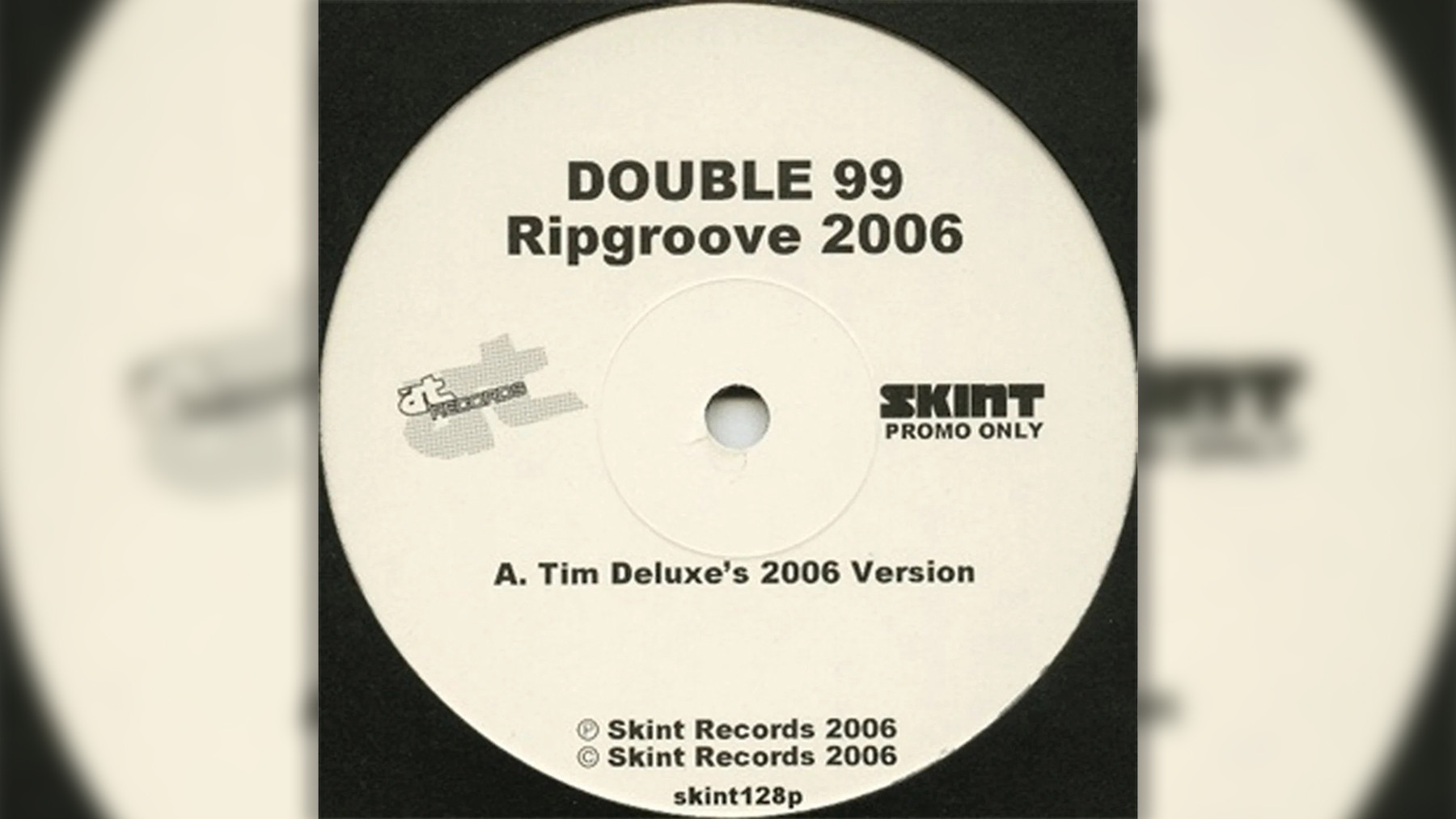 Double 99Double 99’s “RIP Groove” was a pivotal track in the rise of UK garage. Producers Tim Deluxe and DJ Omar crafted this track quickly, sampling Armand Van Helden and Kenny Dope. “RIP Groove,” titled as an homage to their previous moniker RIP, took only three hours to produce and became a massive hit in 1997. It propelled UK garage (then called “speed garage”) into the mainstream charts and marked the arrival of a fresh sound in dance music.
Double 99Double 99’s “RIP Groove” was a pivotal track in the rise of UK garage. Producers Tim Deluxe and DJ Omar crafted this track quickly, sampling Armand Van Helden and Kenny Dope. “RIP Groove,” titled as an homage to their previous moniker RIP, took only three hours to produce and became a massive hit in 1997. It propelled UK garage (then called “speed garage”) into the mainstream charts and marked the arrival of a fresh sound in dance music.
Snap!, ‘The Power’ (1990)
Snap!’s “The Power” is an archetype of dance music’s global reach and sampling culture. German producers sampled American rapper Chill Rob G and vocalist Jocelyn Brown to create a club hit. Re-recorded with Turbo B, an American G.I., and picked up by a major label, “The Power” became a Europop blueprint. Its rap-verse-chorus structure influenced countless groups, solidifying its place as a landmark dance track of the 90s.
DJ Frosty feat. Fatman Scoop, DJ Webstar, Young B. & Smooth, ‘Ride That Wave (Remix)’ (2010)
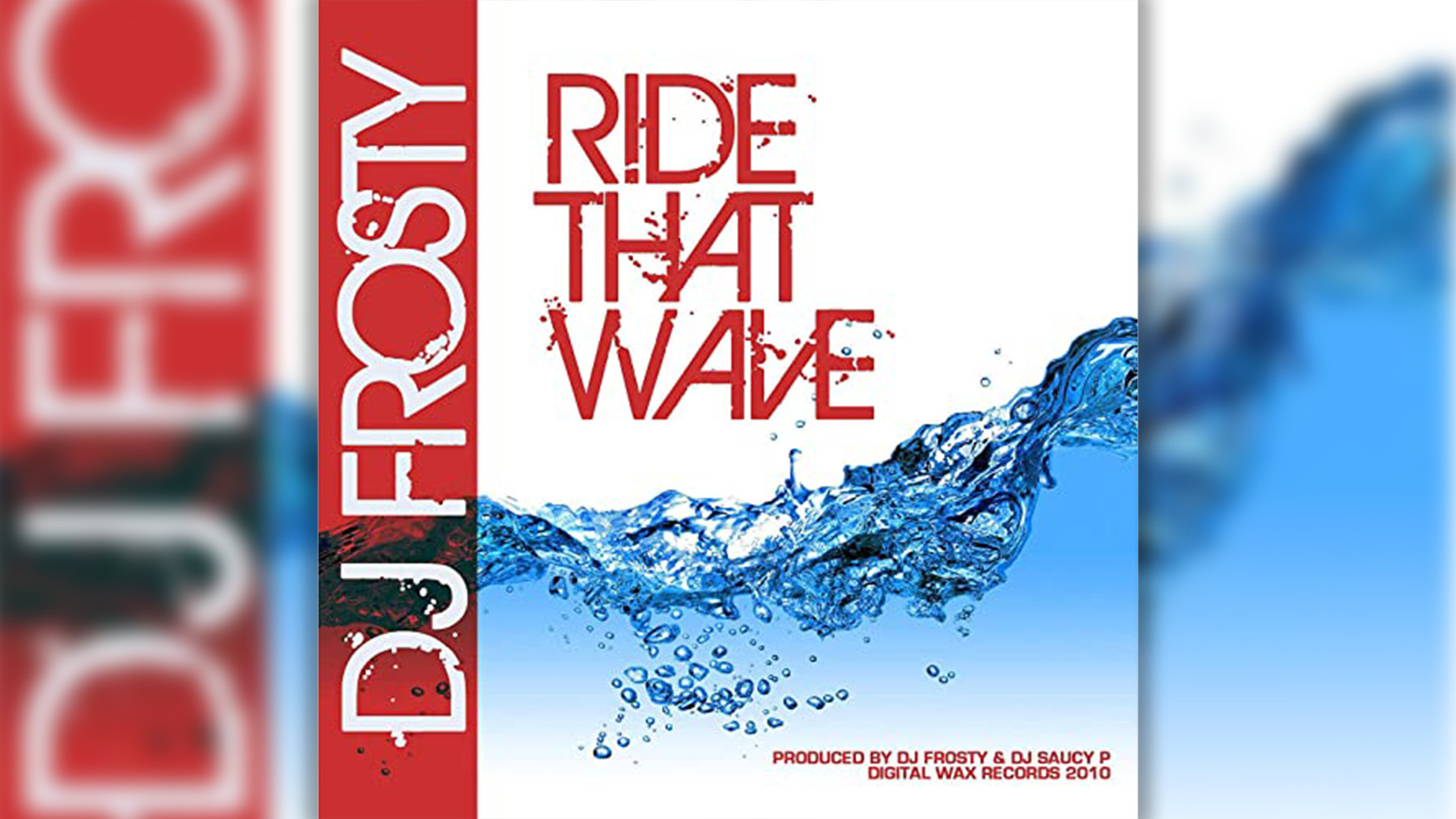 DJ FrostyDJ Frosty’s “Ride That Wave” is a prime example of Jersey club’s infectious energy. Originating in Newark, Jersey club is characterized by syncopated rhythms, clipped vocal samples, and a raw yet playful feel. This track, featuring Fatman Scoop, perfectly showcases the genre’s appeal, catching the attention of EDM producers worldwide and eventually influencing mainstream artists like Drake on Honestly, Nevermind.
DJ FrostyDJ Frosty’s “Ride That Wave” is a prime example of Jersey club’s infectious energy. Originating in Newark, Jersey club is characterized by syncopated rhythms, clipped vocal samples, and a raw yet playful feel. This track, featuring Fatman Scoop, perfectly showcases the genre’s appeal, catching the attention of EDM producers worldwide and eventually influencing mainstream artists like Drake on Honestly, Nevermind.
Todd Terje, “Inspector Norse” (2012)
Image Credit: Future via Getty Images
Todd Terje’s “Inspector Norse” is a nu-disco gem that unexpectedly gained widespread popularity. Created entirely with a vintage ARP synthesizer, Terje initially anticipated it being a DJ favorite. However, its catchy melody and amiable groove resonated with a broader audience, becoming a sing-along anthem and significantly boosting Terje’s DJ career.
The Rapture, ‘House of Jealous Lovers’ (2002)
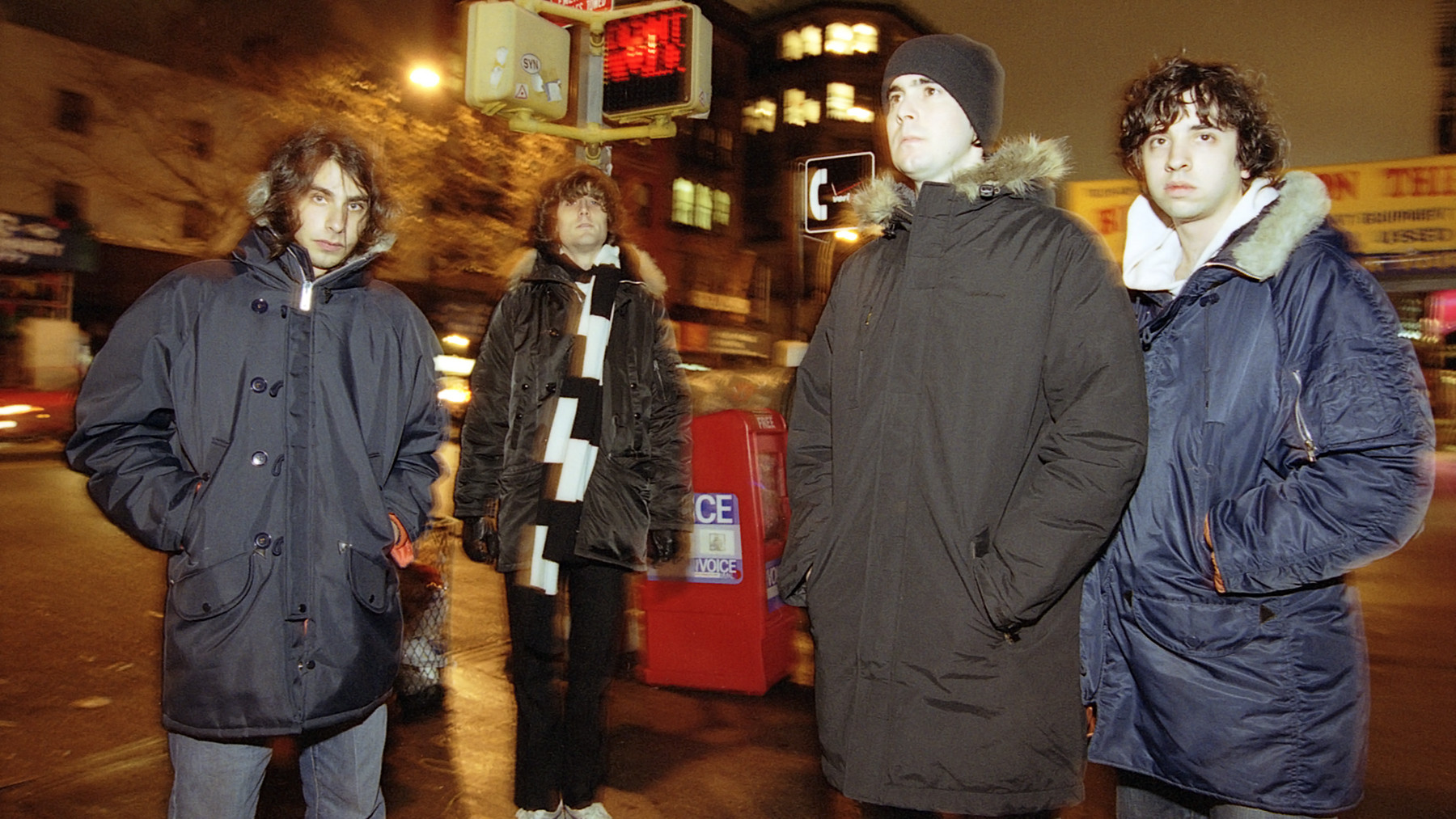 The Rapture – UNITED STATES – DECEMBER 14: Photo of RAPTURE; The Rapture on The Bowery New York City, December 14 2002 (Photo by David Corio/Redferns)Image Credit: Redferns
The Rapture – UNITED STATES – DECEMBER 14: Photo of RAPTURE; The Rapture on The Bowery New York City, December 14 2002 (Photo by David Corio/Redferns)Image Credit: Redferns
The Rapture’s “House of Jealous Lovers” was revolutionary in its fusion of rock and dance music. James Murphy of DFA Records aimed to create a rock track that could rival dance music in clubs. With Gang of Four-inspired guitar riffs, manic vocals, and a powerful beat, “House of Jealous Lovers” became the pinnacle of the early 2000s “dance-punk” movement, influencing countless indie bands and transforming New York’s music scene.
TNGHT, ‘Higher Ground’ (2012)
Image Credit: Getty Images
TNGHT’s “Higher Ground,” a collaboration between Hudson Mohawke and Lunice, redefined trap music within EDM. This track, from their 2012 EP, is characterized by its massive, stomping beat and intricate details. “Higher Ground”‘s innovative sound quickly propelled TNGHT to the forefront of EDM, catching the attention of Kanye West, who enlisted them for “Blood on the Leaves” on Yeezus.
Roni Size and Reprazent, ‘Brown Paper Bag’ (1997)
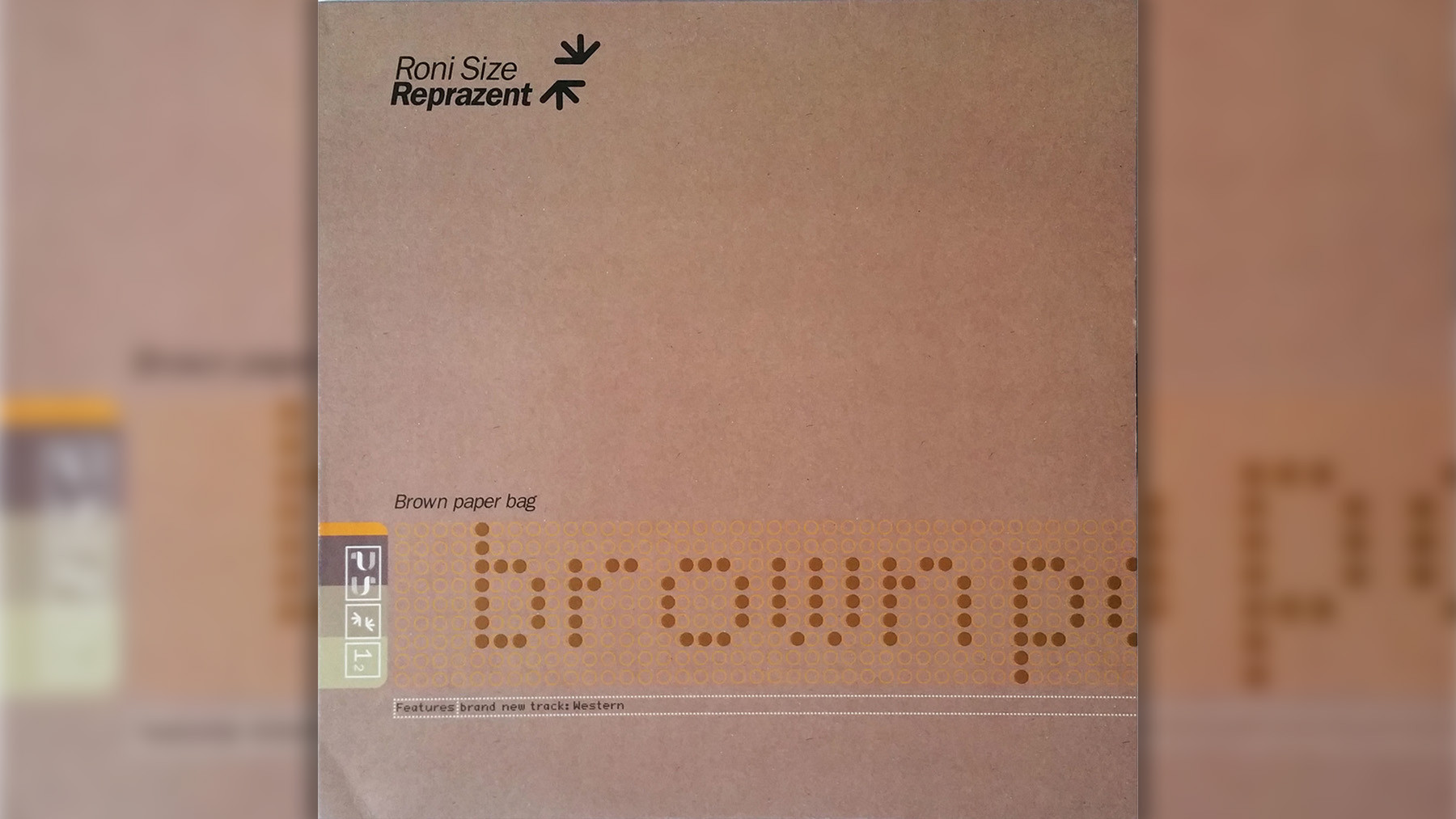 Roni Size Reprazent Brown Paper BagRoni Size and Reprazent’s “Brown Paper Bag” pushed drum and bass into new territories. The Bristol-based group blended frenetic beats with warm jazz-funk influences, maintaining the genre’s Black roots while exploring new sonic landscapes. “Brown Paper Bag,” driven by a prominent double bassline, divided audiences with its jazz elements but ultimately became their biggest track, showcasing drum and bass’s versatility.
Roni Size Reprazent Brown Paper BagRoni Size and Reprazent’s “Brown Paper Bag” pushed drum and bass into new territories. The Bristol-based group blended frenetic beats with warm jazz-funk influences, maintaining the genre’s Black roots while exploring new sonic landscapes. “Brown Paper Bag,” driven by a prominent double bassline, divided audiences with its jazz elements but ultimately became their biggest track, showcasing drum and bass’s versatility.
Soul II Soul, ‘Back to Life (However Do You Want Me)’ (1989)
Soul II Soul, led by Jazzie B, evolved from a London sound system into a recording act that seamlessly blended reggae and soul. Initially intended for their own parties, tracks like “Back to Life” resonated widely. “Back to Life”‘s smooth grooves and Yvonne Gee’s captivating vocals propelled it to Number One on the Billboard R&B chart and Top Five on the Hot 100, marking a significant crossover moment for UK soul and dance music.
Felix da Housecat, ‘Silver Screen Shower Scene’ (2001)
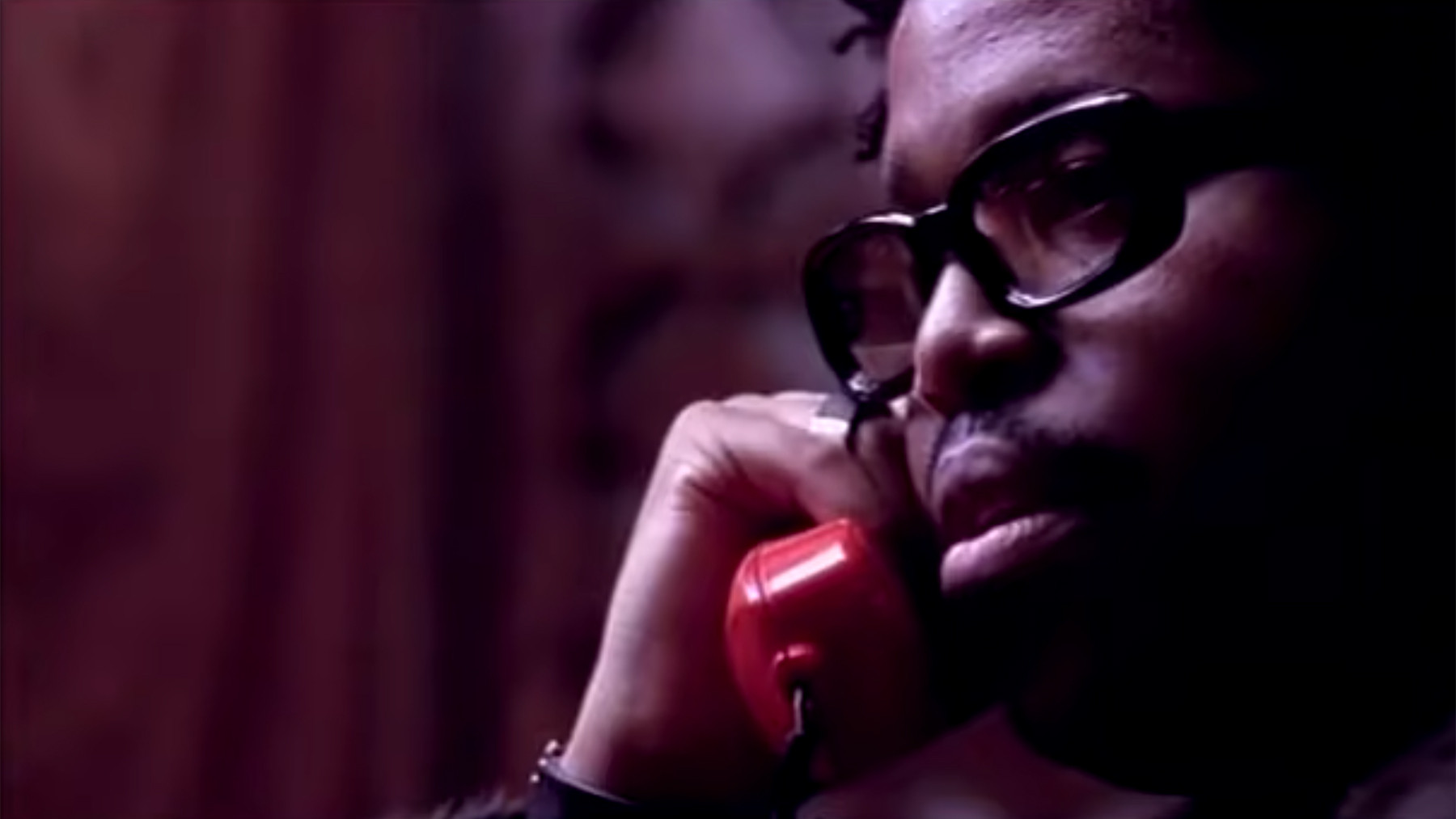 Felix Da HousecatFelix da Housecat, a Chicago house veteran, achieved global recognition with “Silver Screen Shower Scene.” From his album Kittenz and Thee Glitz, this track, featuring celebrity-tweaking lyrics and electroclash-infused music, became an anthem of the electroclash era. The Jacques Lu Cont “Thin White Duke Remix” further amplified its popularity among DJs, solidifying its status as a defining track of the early 2000s.
Felix Da HousecatFelix da Housecat, a Chicago house veteran, achieved global recognition with “Silver Screen Shower Scene.” From his album Kittenz and Thee Glitz, this track, featuring celebrity-tweaking lyrics and electroclash-infused music, became an anthem of the electroclash era. The Jacques Lu Cont “Thin White Duke Remix” further amplified its popularity among DJs, solidifying its status as a defining track of the early 2000s.
Dntel feat. Ben Gibbard, “(This Is) The Dream of Evan and Chan (Superpitcher Kompakt Remix)” (2001)
Dntel’s “(This Is) The Dream of Evan and Chan,” remixed by Superpitcher, captures a dreamlike state through sound. Ben Gibbard of Death Cab for Cutie wrote the lyrics based on a bizarre dream. Superpitcher’s remix, with its hazy synths and echoing bells, enhanced the track’s ethereal quality, creating a unique blend of indie and electronic music that resonated deeply.
Patrick Cowley feat. Sylvester, ‘Do Ya Wanna Funk?’ (1982)
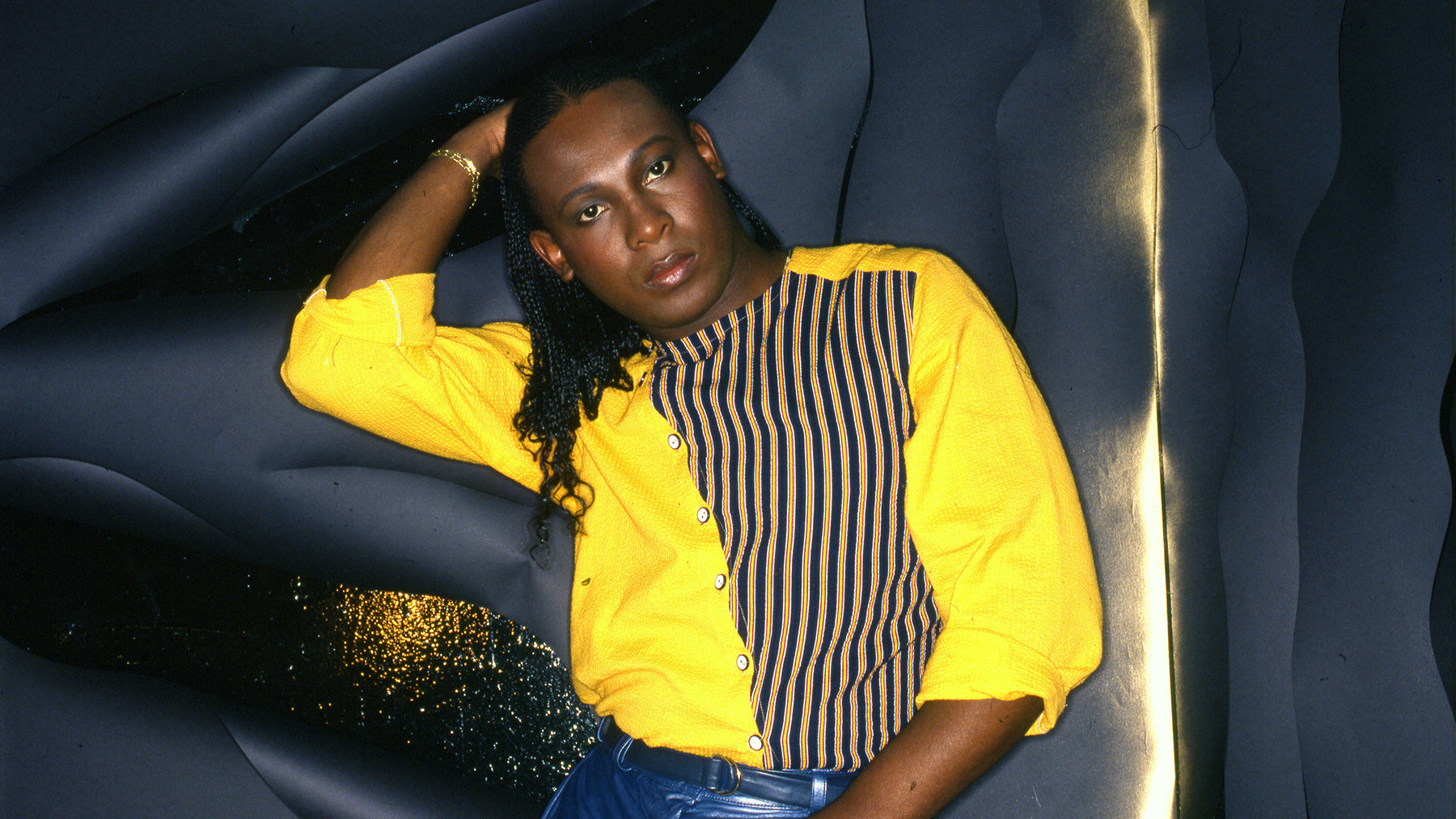 Portrait of Sylvester James (1947 – 1988), American disco singer better known as Sylvester, circa 1980. (Photo by Anthony Barboza/Getty Images)Image Credit: Getty Images
Portrait of Sylvester James (1947 – 1988), American disco singer better known as Sylvester, circa 1980. (Photo by Anthony Barboza/Getty Images)Image Credit: Getty Images
Patrick Cowley, a synth innovator and Hi-NRG pioneer, collaborated with Sylvester on “Do Ya Wanna Funk?”. Despite failing health in his final months, Cowley created this Hi-NRG landmark, featuring soaring synth riffs and Sylvester’s stratospheric vocals. “Do Ya Wanna Funk?” remains a quintessential Hi-NRG track, also famously featured in the film Trading Places.
Funkadelic, ‘One Nation Under a Groove’ (1978)
Image Credit: Redferns
Funkadelic’s “One Nation Under a Groove” is a funk masterpiece led by an unexpected instrument: the banjo. This track’s irresistible groove propelled it to the top of the R&B charts for six weeks in 1978. George Clinton intentionally assigned the song to the guitar-heavy Funkadelic, emphasizing its powerful movement and impact.
Evelyn Thomas, ‘High Energy’ (1984)
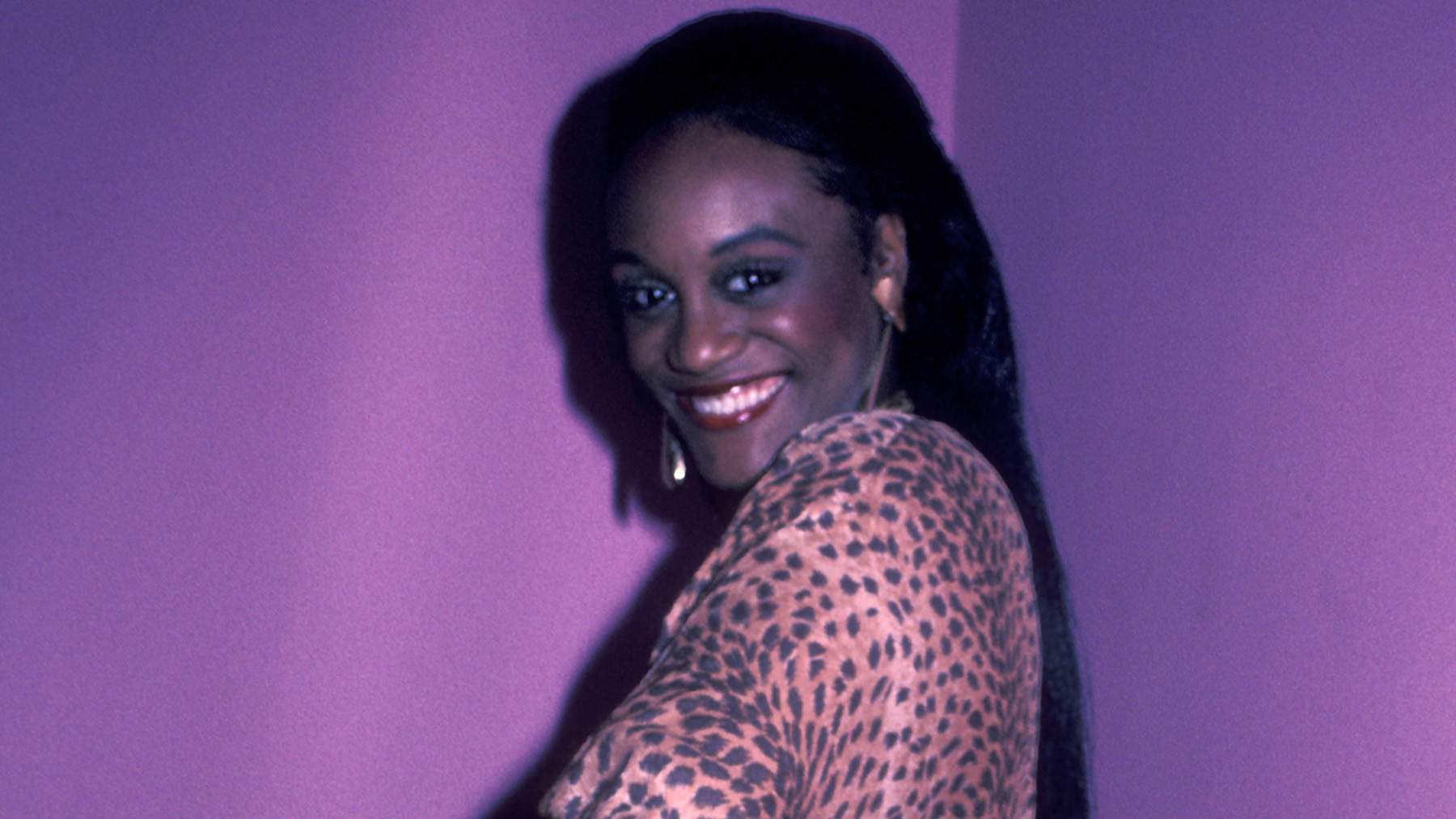 NEW YORK CITY – SEPTEMBER 30: Evelyn Thomas sighted on September 30, 1984 at the Limelight Disco in New York City. (Photo by Ron Galella/Ron Galella Collection via Getty Images)Image Credit: Ron Galella Collection via Getty
NEW YORK CITY – SEPTEMBER 30: Evelyn Thomas sighted on September 30, 1984 at the Limelight Disco in New York City. (Photo by Ron Galella/Ron Galella Collection via Getty Images)Image Credit: Ron Galella Collection via Getty
Evelyn Thomas’s “High Energy” gave the Hi-NRG genre its name. Produced by Ian Levine, this track epitomized the Hi-NRG sound, blending synth-driven disco with influences from Northern Soul and Motown. “High Energy”‘s brash, cheerful, and cheesy qualities made it a British Top Five hit and a lasting favorite in DJ sets, as exemplified by The Blessed Madonna’s Bunker Podcast set.
Daft Punk feat. Pharrell Williams and Nile Rodgers, ‘Get Lucky’ (2013)
Daft Punk’s “Get Lucky,” featuring Pharrell Williams and Nile Rodgers, is a modern disco classic. Pharrell’s smooth vocals and Nile Rodgers’ signature guitar riffs combined with Daft Punk’s production created a track that is both nostalgic and contemporary. “Get Lucky”‘s infectious groove and high production value made it a global phenomenon, proving the enduring appeal of disco-inspired dance music.
Mat Zo and Porter Robinson, ‘Easy’ (2013)
 Porter Robinson – Matt Zo – EasyMat Zo and Porter Robinson’s “Easy” is a vibrant homage to Daft Punk’s Discovery. Porter Robinson described it as updating the disco chords of early French house with a more trance-influenced feel. “Easy”‘s glittering synths, classicist feel, and emotive vocals sampled from Colourblind’s “Nothing Better” made it a standout track in the stadium EDM era.
Porter Robinson – Matt Zo – EasyMat Zo and Porter Robinson’s “Easy” is a vibrant homage to Daft Punk’s Discovery. Porter Robinson described it as updating the disco chords of early French house with a more trance-influenced feel. “Easy”‘s glittering synths, classicist feel, and emotive vocals sampled from Colourblind’s “Nothing Better” made it a standout track in the stadium EDM era.
Justice vs. Simian, “We Are Your Friends” (2006)
Image Credit: FilmMagic
Justice vs. Simian’s “We Are Your Friends” was born from a remix contest and became a defining track of electro-house. Justice’s Gaspard Augé and Xavier de Rosnay sampled only the vocal chorus of Simian’s “Never Be Alone” due to sampler limitations, creating a jagged, powerful track. “We Are Your Friends” bridged electroclash and EDM, launching Justice’s career and prompting Simian to transform into Simian Mobile Disco.
Martin Garrix, ‘Animals’ (2013)
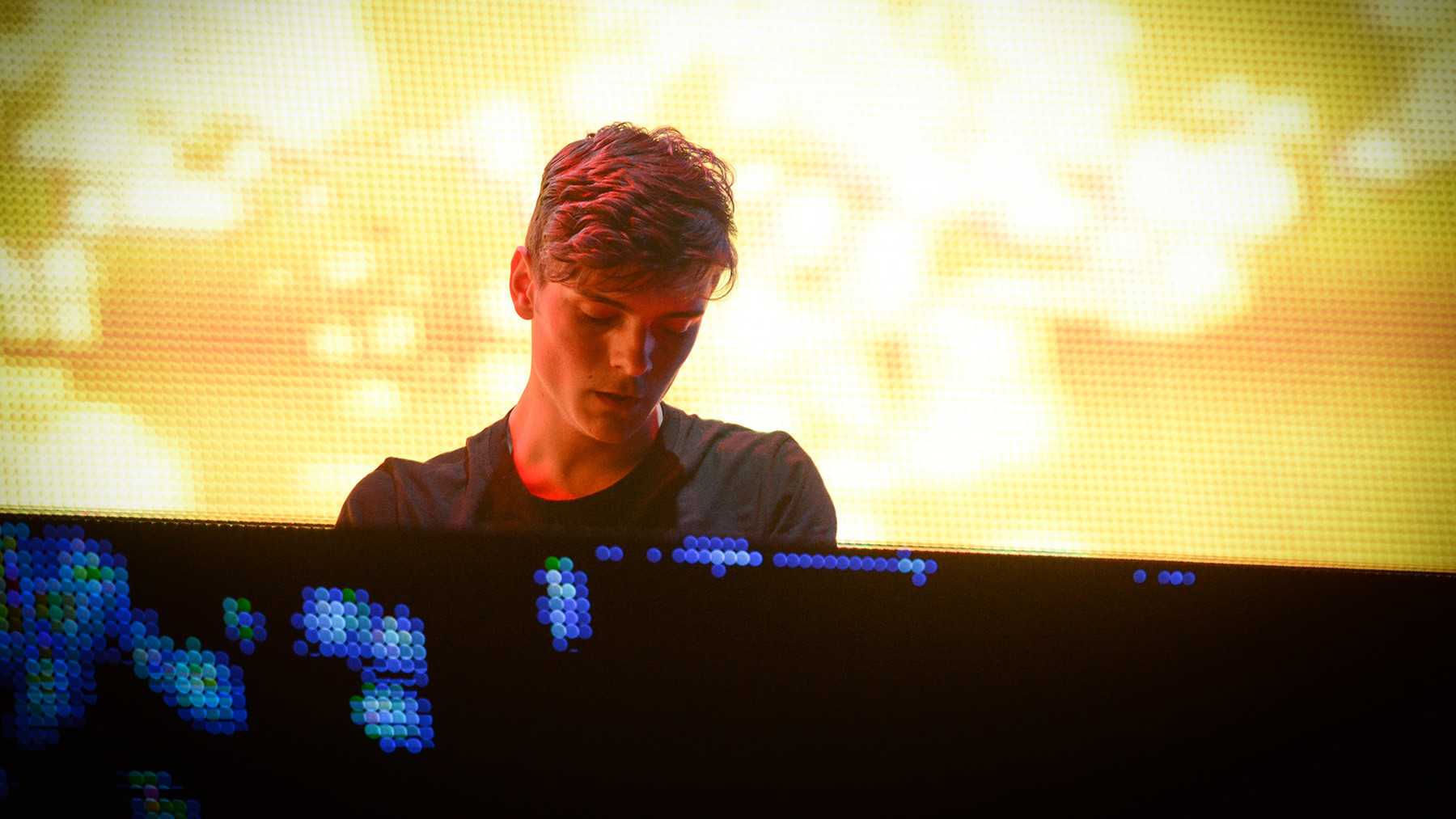 Martin Garrix performs on day one of the Coachella Music and Arts Festival on Friday, April 11, 2014, in Indio, Calif. (Photo by Scott Roth/Invision/AP)Image Credit: Scott Roth/Invision/AP
Martin Garrix performs on day one of the Coachella Music and Arts Festival on Friday, April 11, 2014, in Indio, Calif. (Photo by Scott Roth/Invision/AP)Image Credit: Scott Roth/Invision/AP
Martin Garrix’s “Animals” epitomized the early 2010s EDM boom. Built around a catchy synth riff, “Animals” became a global smash when Garrix was only 18. Its instrumental nature and infectious melody sparked a global chant-along phenomenon, solidifying its place as a key track of the era and launching Garrix’s career.
Debbie Deb, ‘Lookout Weekend’ (1984)
Debbie Deb’s “Lookout Weekend” is a freestyle classic from Miami. Production pioneer Pretty Tony, who coined the term “freestyle,” created airy, energetic tracks bridging KC and the Sunshine Band and 2 Live Crew. “Lookout Weekend,” Debbie Deb’s second single, is a quintessential freestyle anthem, achieving triple platinum status and solidifying the genre’s popularity.
Tate Kobang, ‘Bank Rolls’ (2015)
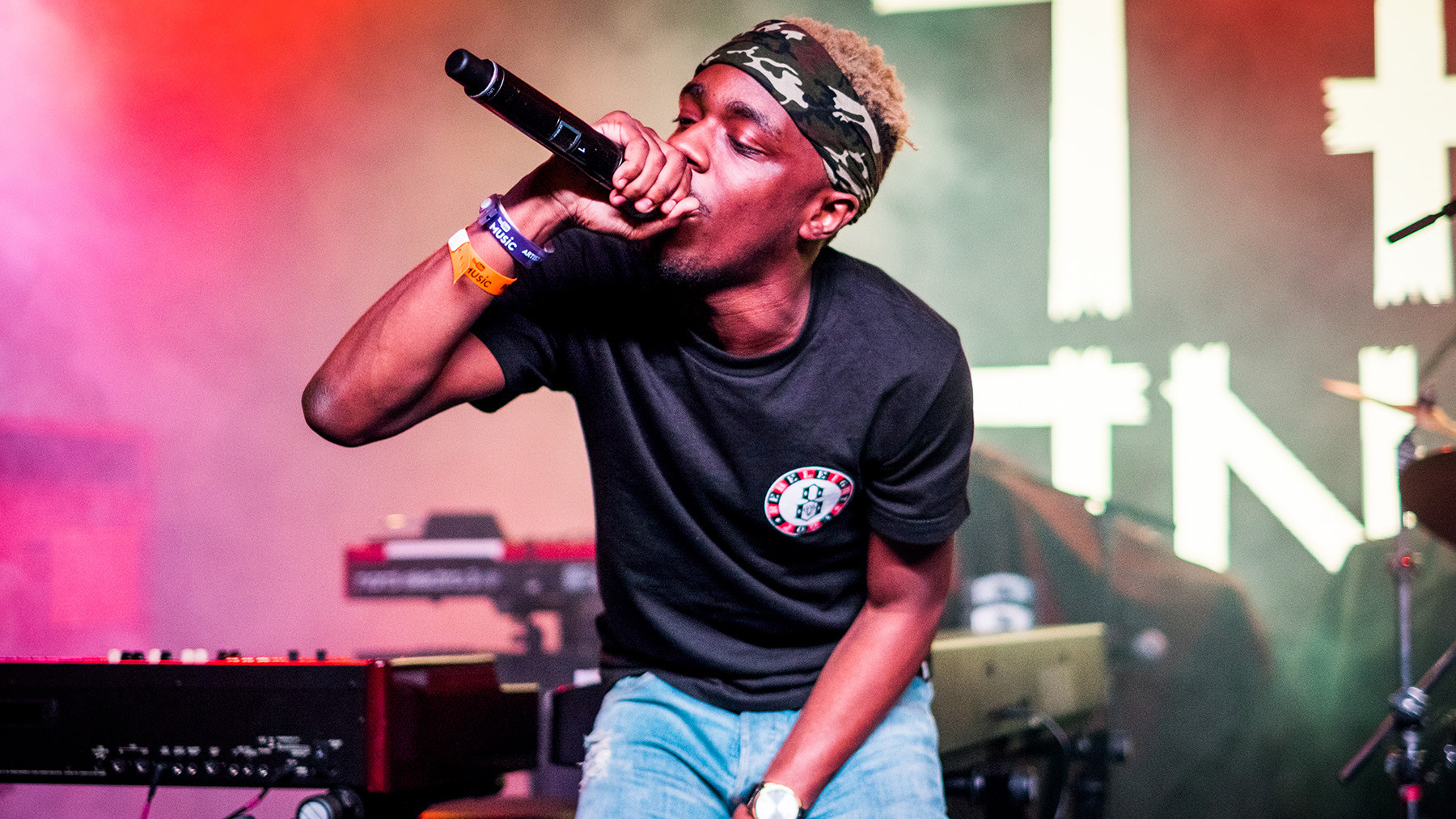 Tate Kobang – AUSTIN, TX – MARCH 17: Tate Kobang performs onstage at the Youtube Music Showcase on March 17, 2016 in Austin, Texas. (Photo by Thomas M Jackson/Redferns)Image Credit: Redferns
Tate Kobang – AUSTIN, TX – MARCH 17: Tate Kobang performs onstage at the Youtube Music Showcase on March 17, 2016 in Austin, Texas. (Photo by Thomas M Jackson/Redferns)Image Credit: Redferns
Tate Kobang’s “Bank Rolls (Remix)” is a modern tribute to Baltimore club music. Sampling Tim Trees’ “Bank Roll,” Kobang’s remix honors Baltimore’s energy and resilience. He pays homage to K-Swift, a legendary Baltimore club DJ, further connecting the track to the city’s rich music culture and introducing Baltimore club to a new generation.
Soft Cell, ‘Tainted Love/Where Did Our Love Go?’ (1981)
Image Credit: Redferns
Soft Cell’s “Tainted Love/Where Did Our Love Go?” medley is a synth-pop masterpiece rooted in Northern soul and 60s music. Marc Almond and David Ball combined Gloria Jones’ “Tainted Love” with The Supremes’ “Where Did Our Love Go?” creating a nine-minute New Wave disco anthem. This extended version has captivated dance floors for decades, showcasing the power of combining classic and contemporary sounds.
The Orb, ‘Little Fluffy Clouds’ (1990)
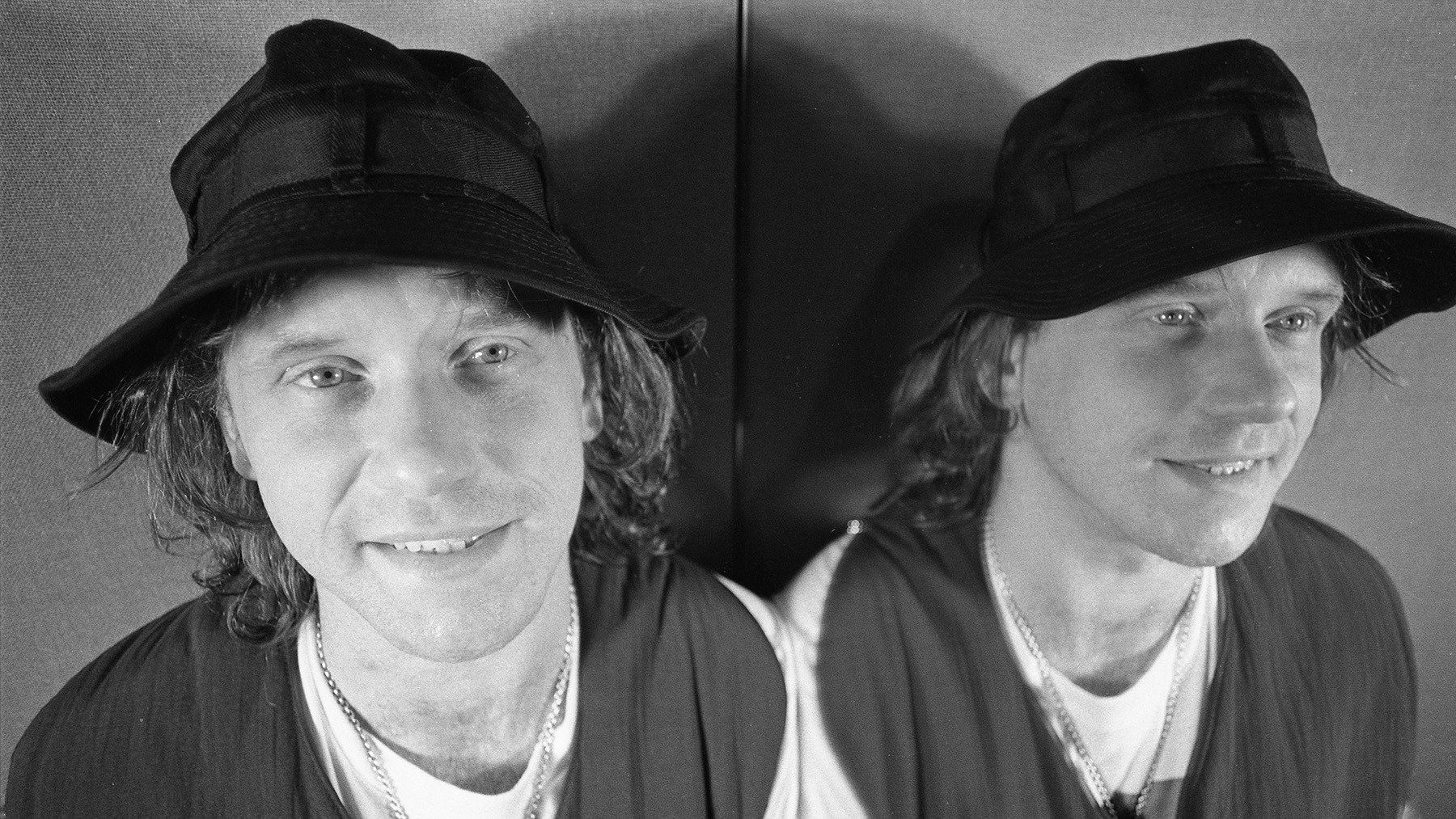 The Orb – Alex Paterson of The Orb, portrait, London, United Kingdom, 1991. (Photo by Martyn Goodacre/Getty Images)Image Credit: Getty Images
The Orb – Alex Paterson of The Orb, portrait, London, United Kingdom, 1991. (Photo by Martyn Goodacre/Getty Images)Image Credit: Getty Images
The Orb’s “Little Fluffy Clouds” is a cuddly anthem of the acid-house era, born from found sounds. Alex Paterson combined a Rickie Lee Jones interview about Arizona skies with Steve Reich’s Electric Counterpoint. The result, “Little Fluffy Clouds,” became a surprise hit, introducing Steve Reich’s minimalist music to a mass audience through a chill-out dance track.
Polygon Window, ‘Quoth’ (1993)
Polygon Window’s “Quoth,” by Aphex Twin (Richard D. James), is a rave banger from his early 90s period. While Aphex Twin is known for more cerebral electronic music, “Quoth” is a high-energy percussion symphony. This track became particularly popular in the American Midwest rave scene, proving Aphex Twin’s ability to create both introspective and dance-floor-ready tracks.
Skream, ‘Midnight Request Line’ (2005)
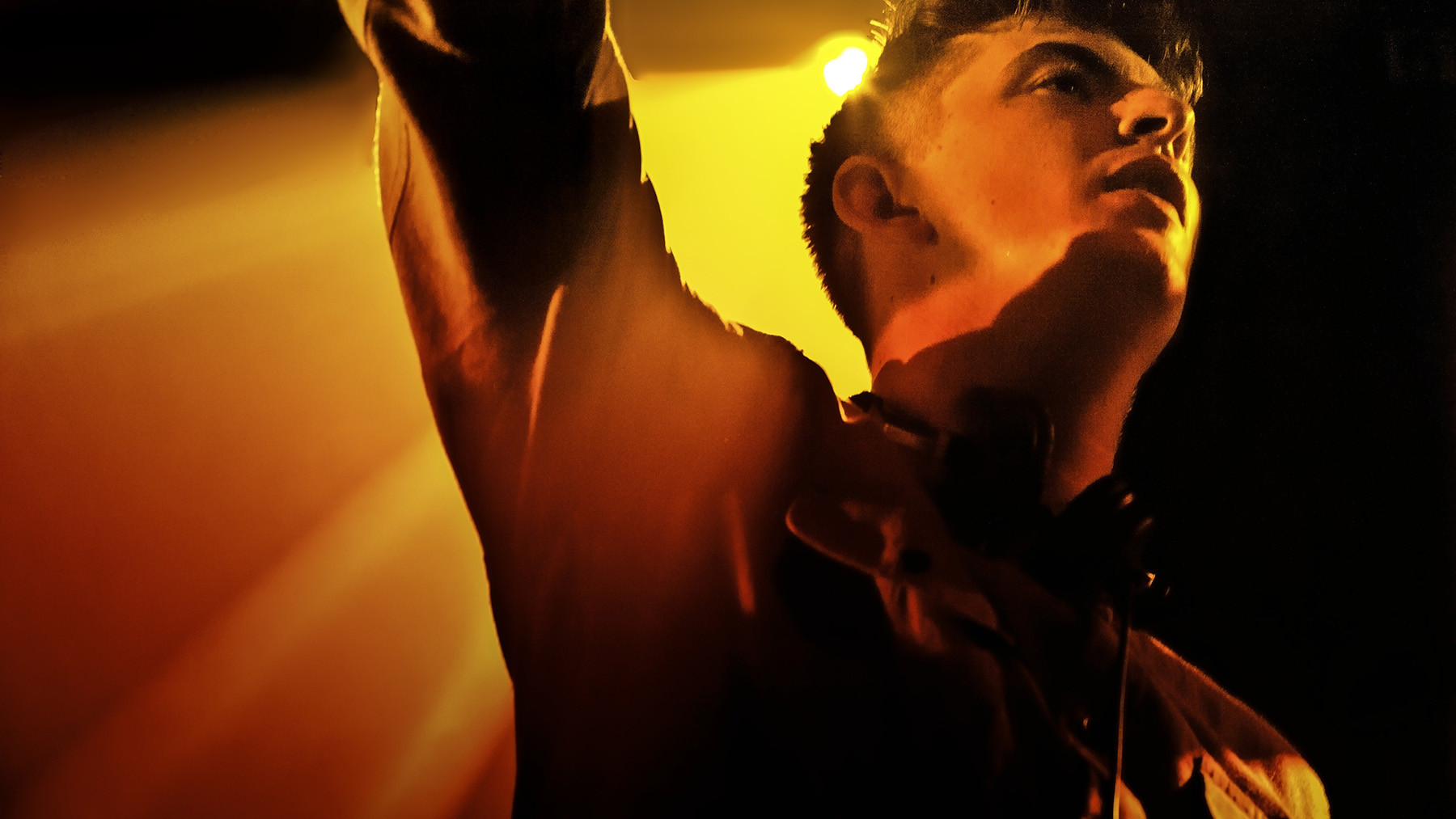 Skream. Fabric Nightclub, Farringdon, London. (Photo by: PYMCA/Universal Images Group via Getty Images)Image Credit: Universal Images Group via Getty
Skream. Fabric Nightclub, Farringdon, London. (Photo by: PYMCA/Universal Images Group via Getty Images)Image Credit: Universal Images Group via Getty
Skream’s “Midnight Request Line” catapulted both Skream and dubstep into the limelight. This track, with its melancholic synth melody, gliding bassline, and heavy claps, captured a unique mood within dubstep. Its recognition as Record of the Month in DJ Magazine marked a turning point for Skream and the wider dubstep genre.
Paul Johnson, ‘Feel My M.F. Bass’ (1994)
Paul Johnson’s “Feel My M.F. Bass” is a raw ghetto house anthem. Johnson, a key figure in Chicago’s ghetto house scene, known for its rough, sample-based style, created this blunt, powerful track. With its cavernous kick drum and Johnson’s playful, suggestive vocals, “Feel My M.F. Bass” is a quintessential ghetto house track and a testament to Johnson’s unique flair.
Ten City, ‘That’s the Way Love Is’ (1989)
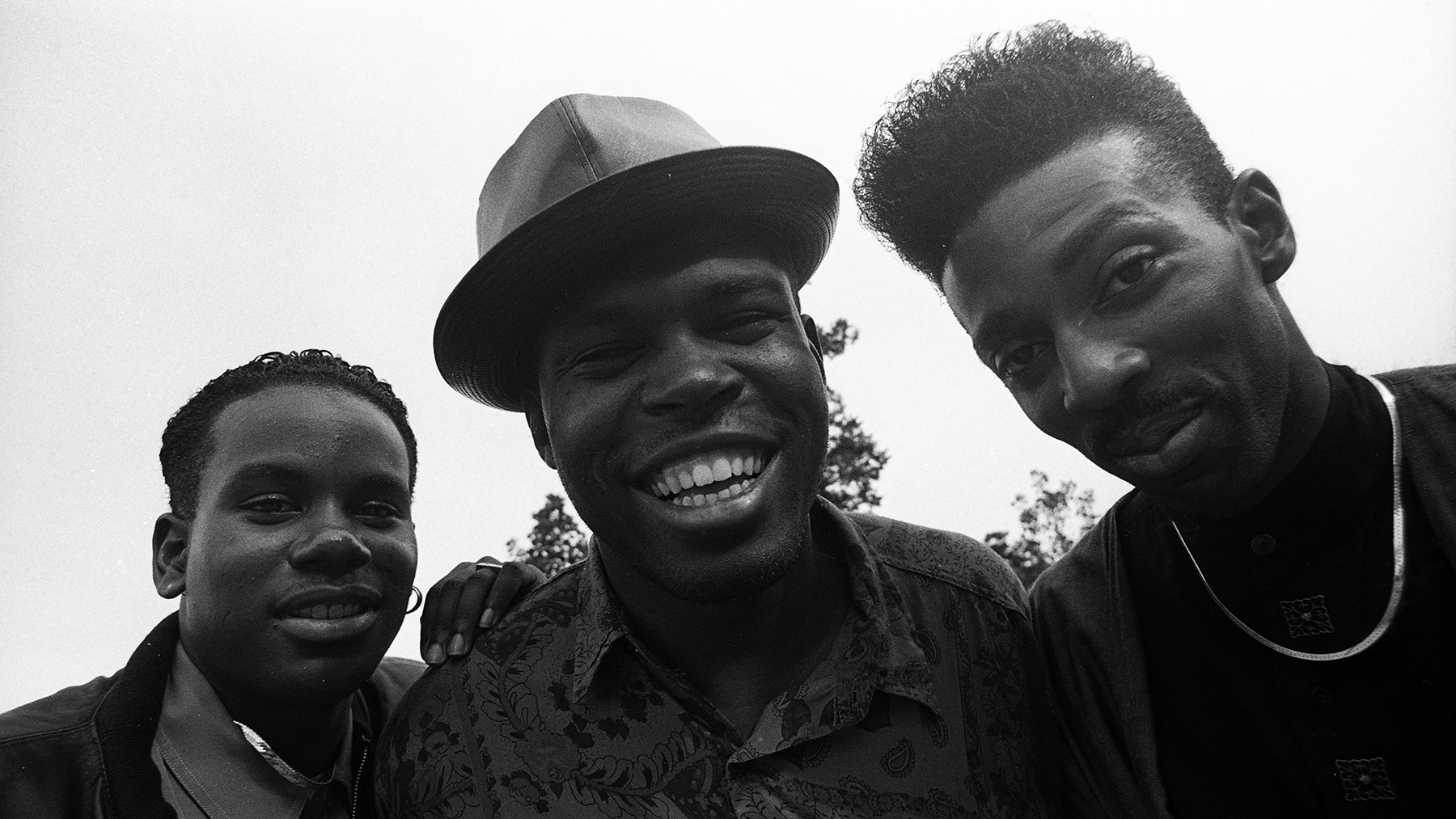 Ten City, group portrait, London, United Kingdom, 1990. Line up includes: Byron Stingily, Herb Lawson and Byron Burke (Photo by Martyn Goodacre/Getty Images)Image Credit: Getty Images
Ten City, group portrait, London, United Kingdom, 1990. Line up includes: Byron Stingily, Herb Lawson and Byron Burke (Photo by Martyn Goodacre/Getty Images)Image Credit: Getty Images
Ten City’s “That’s the Way Love Is” defined their soulful house sound. Produced by Marshall Jefferson, Ten City blended Philly soul strings with lush love songs and Byron Stingily’s soaring falsetto. “That’s the Way Love Is” achieved international success, reaching the UK Top 10 and Billboard dance chart top spot, and became an anthem of liberation for some in South Africa.
Nitzer Ebb, ‘Join in the Chant’ (1987)
Image Credit: Getty Images
Nitzer Ebb’s “Join in the Chant” is an industrial dance crossover anthem. Hailing from England’s industrial Midlands, Nitzer Ebb fused industrial sounds with danceable grooves. “Join in the Chant”‘s rousing energy made it a techno crossover hit, particularly in Detroit, where techno artists embraced industrial music. Its raw power and rhythmic intensity made it a favorite among DJs like Richie Hawtin and Andrew Weatherall.
Bronski Beat, ‘Smalltown Boy’ (1984)
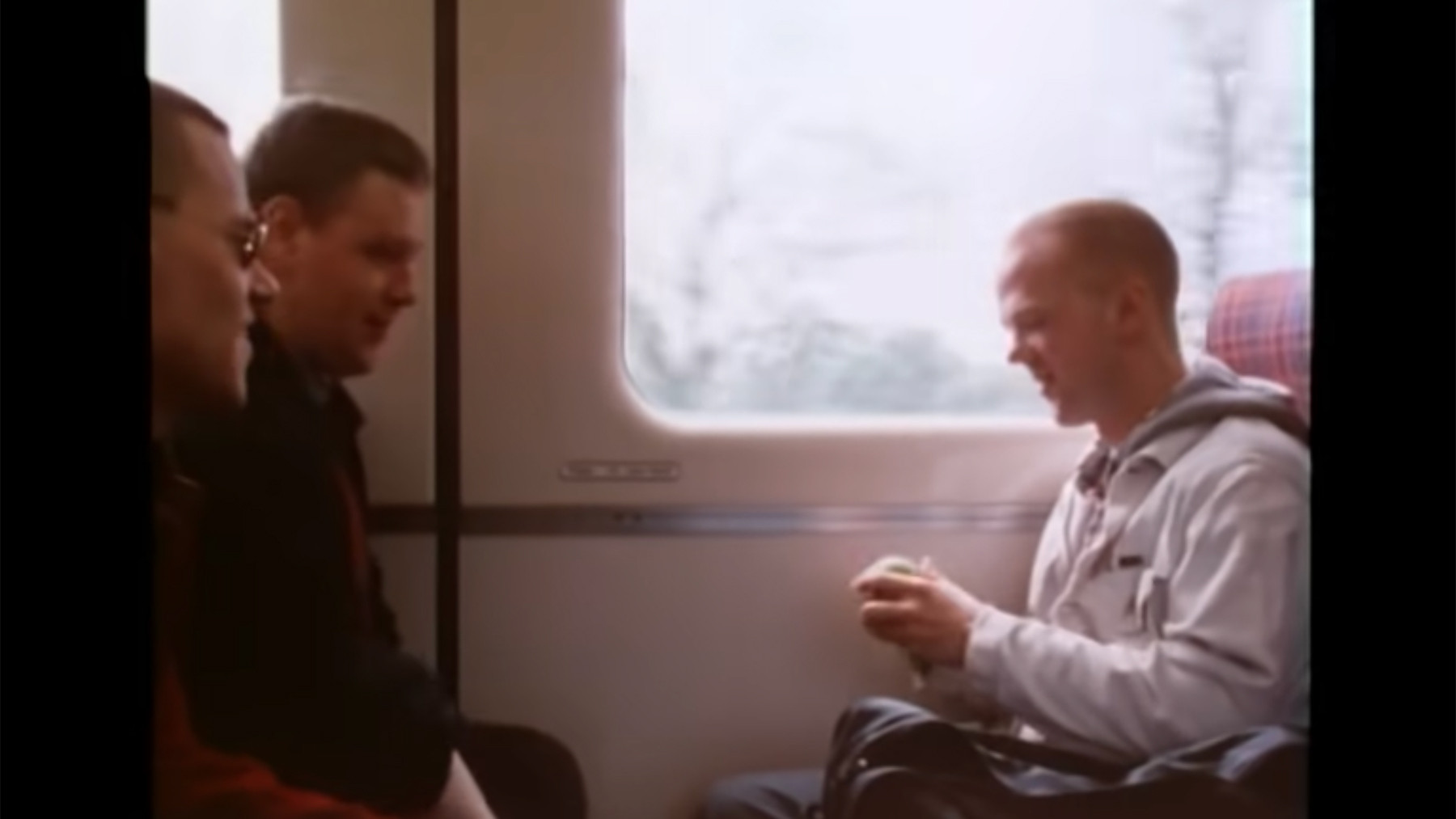 Bronski BeatBronski Beat’s “Smalltown Boy” is a poignant gay club anthem. Jimi Somerville channeled his personal angst and experiences of alienation into this track. “Smalltown Boy”‘s keening vocal hook and synth melody created a powerful portrait of escape and longing, resonating deeply in gay clubs and reaching Number One on the Billboard club chart, becoming a defining song of its era.
Bronski BeatBronski Beat’s “Smalltown Boy” is a poignant gay club anthem. Jimi Somerville channeled his personal angst and experiences of alienation into this track. “Smalltown Boy”‘s keening vocal hook and synth melody created a powerful portrait of escape and longing, resonating deeply in gay clubs and reaching Number One on the Billboard club chart, becoming a defining song of its era.
LFO, ‘LFO (Leeds Warehouse Mix)’ (1990)
Image Credit: PYMCA/Universal Images Group/Getty Images
LFO’s “LFO” defined the Sheffield “bleep” sound. This track, which got LFO signed to Warp Records, is characterized by icy synth chords, bleepy sounds, and, most importantly, its powerful bass. “LFO”‘s sub-bass became legendary, capable of shaking entire city blocks, making it a foundational track in early Warp Records and electronic music history.
Drake, ‘Sticky’ (2022)
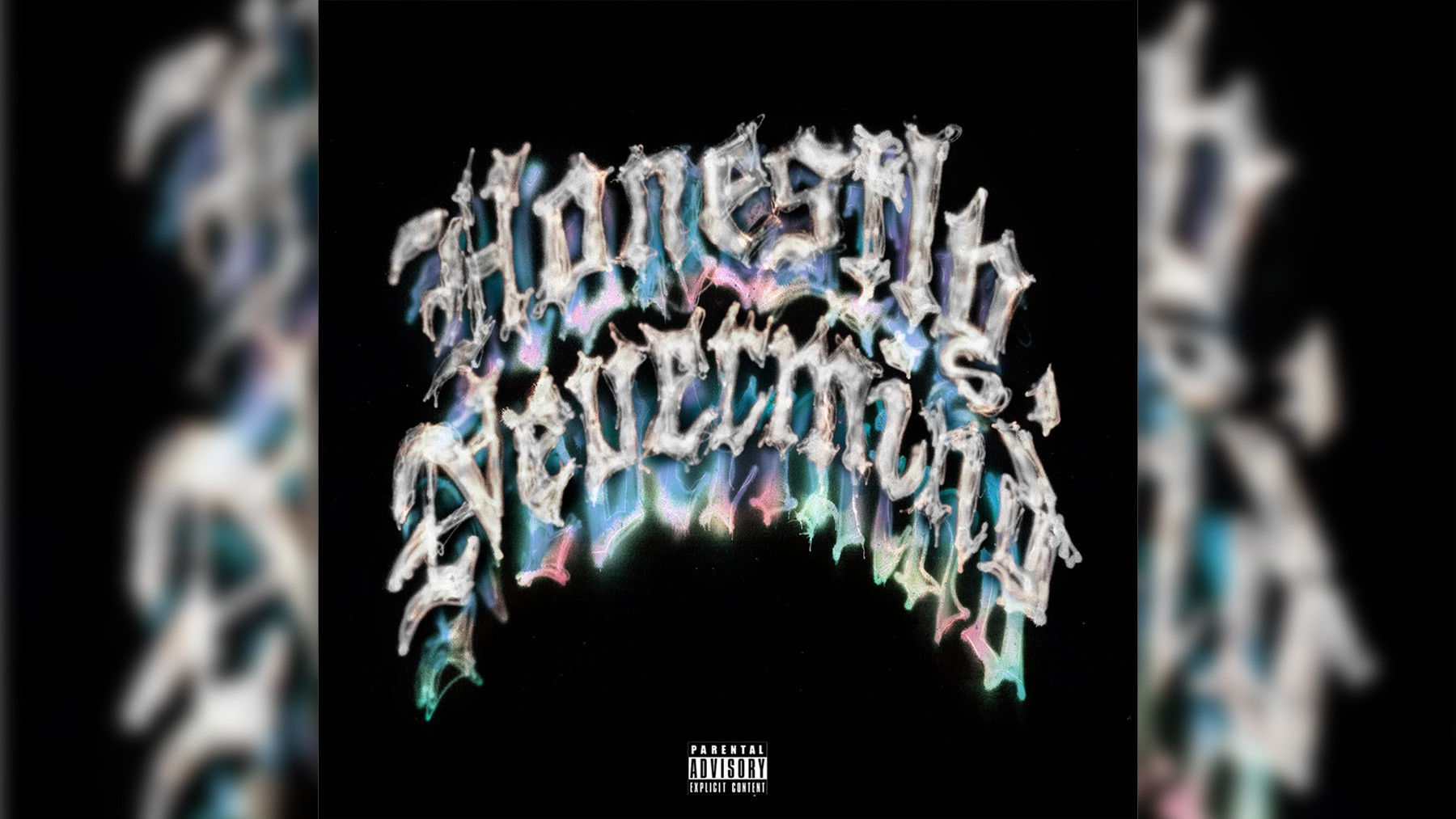 Drake StickyDrake’s “Sticky” is a standout track from his dance music foray, Honestly, Nevermind. Produced by Gordo and Ry X, “Sticky” incorporates Jersey and Baltimore club influences and deep house elements. Drake’s rapping, addressing personal topics like Young Thug’s release and Virgil Abloh’s passing, elevates the track, showcasing his ability to adapt and excel within dance music subgenres.
Drake StickyDrake’s “Sticky” is a standout track from his dance music foray, Honestly, Nevermind. Produced by Gordo and Ry X, “Sticky” incorporates Jersey and Baltimore club influences and deep house elements. Drake’s rapping, addressing personal topics like Young Thug’s release and Virgil Abloh’s passing, elevates the track, showcasing his ability to adapt and excel within dance music subgenres.
Roland Clark, ‘I Get Deep (Shelter Mix)’ (2000)
Roland Clark’s “I Get Deep” is a house anthem celebrating the dance floor experience. Inspired by Club Zanzibar, Clark’s monologue captures the transformative feeling of being lost in music and dance. “I Get Deep”‘s driving beat and Clark’s spoken word vocals create a rapturous atmosphere, and its a cappella version was famously sampled by Fatboy Slim, further cementing its influence.
Aly-Us, ‘Follow Me’ (1992)
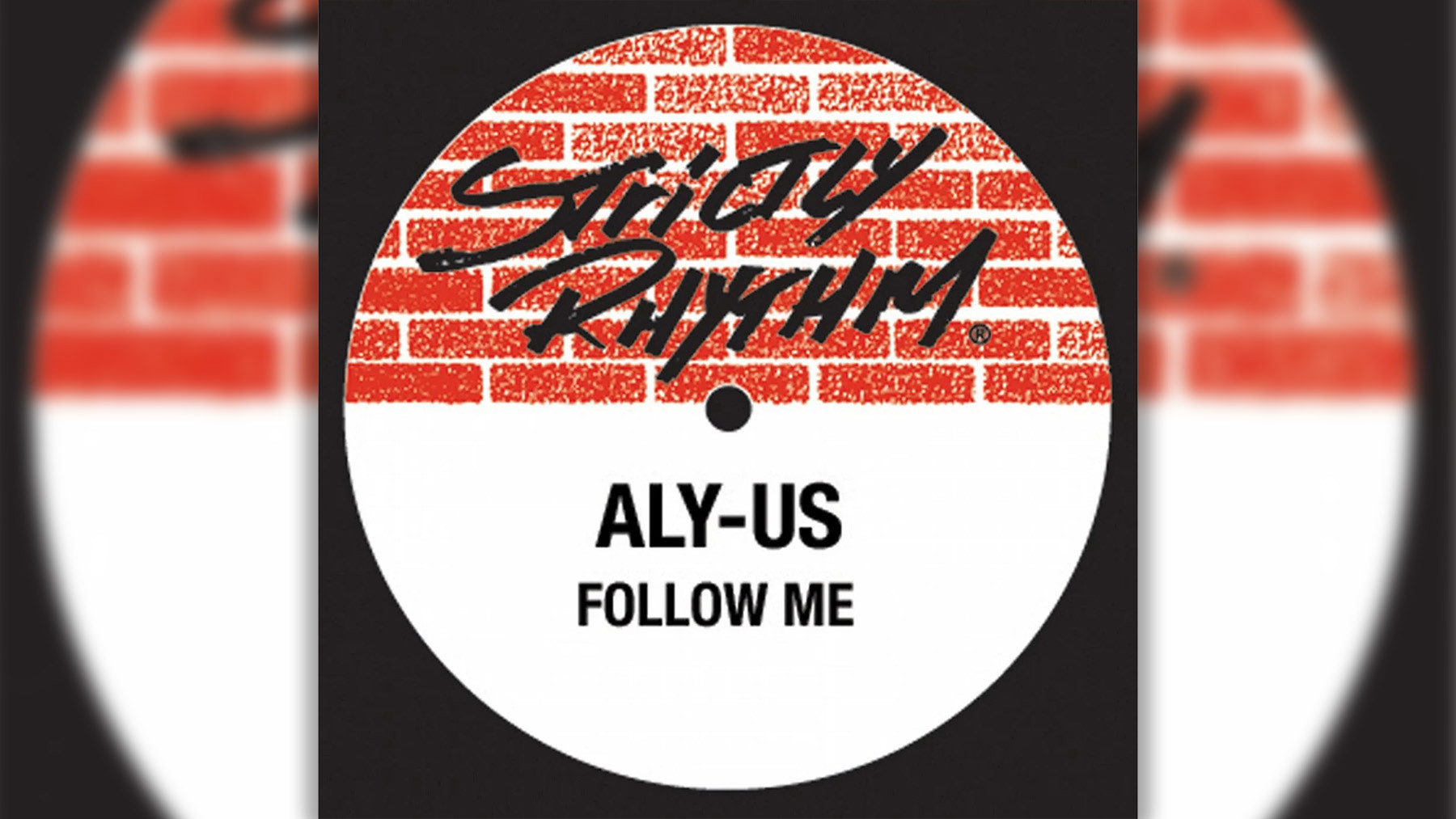 Aly-Us Follow MeAly-Us’s “Follow Me” is an uplifting gospel-infused house anthem. Recorded in a basement with basic equipment, its lo-fi quality adds to its charm and urgency. “Follow Me”‘s message of unity and peace, combined with its raw, soulful vocals and driving beat, made it a deeply impactful and enduring house classic.
Aly-Us Follow MeAly-Us’s “Follow Me” is an uplifting gospel-infused house anthem. Recorded in a basement with basic equipment, its lo-fi quality adds to its charm and urgency. “Follow Me”‘s message of unity and peace, combined with its raw, soulful vocals and driving beat, made it a deeply impactful and enduring house classic.
George McCrae, ‘Rock Your Baby’ (1974)
Image Credit: Redferns
George McCrae’s “Rock Your Baby” is a disco landmark, one of the first disco hits to top the Billboard Hot 100. Created by Henry Wayne Casey and Richard Finch (later of KC and the Sunshine Band), “Rock Your Baby”‘s smooth, glistening sound defined early disco. McCrae’s vocals and the track’s infectious rhythm marked the beginning of disco’s mainstream dominance in 1974.
El General, ‘Perezosa’ (1995)
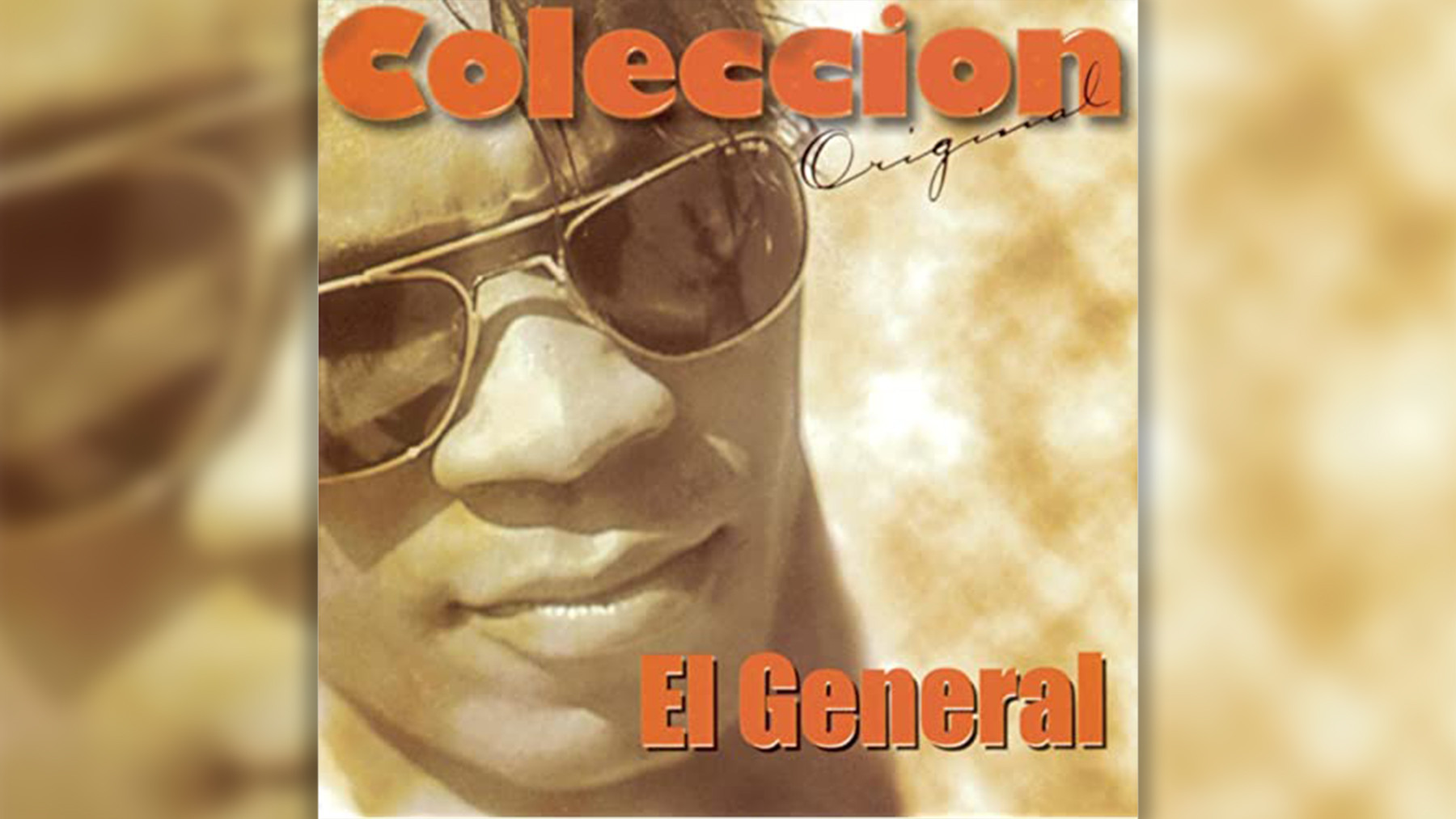 El GeneralEl General’s “Perezosa” is a reggaeton pioneer’s experimental dance anthem. El General, a Panamanian artist, laid the groundwork for reggaeton by using reggae rhythms and incorporating electronic sounds. “Perezosa,” from his album Club 555, showcases his innovative approach, blending reggae with high-voltage electronic elements, creating a kinetic Latin dance track.
El GeneralEl General’s “Perezosa” is a reggaeton pioneer’s experimental dance anthem. El General, a Panamanian artist, laid the groundwork for reggaeton by using reggae rhythms and incorporating electronic sounds. “Perezosa,” from his album Club 555, showcases his innovative approach, blending reggae with high-voltage electronic elements, creating a kinetic Latin dance track.
Tom and Jerry, ‘Maximum Style’ (1994)
Image Credit: Naki/Redferns/Getty Images
Tom and Jerry’s “Maximum Style” is a jungle gem from 4Hero. Released as jungle’s popularity surged in the UK, “Maximum Style” is characterized by its smooth, gliding rhythm, playful guitar melody, and cartoonish sound effects. It balanced playfulness with a serious groove, becoming a standout track in the early jungle scene.
LCD Soundsystem, ‘Losing My Edge’ (2002)
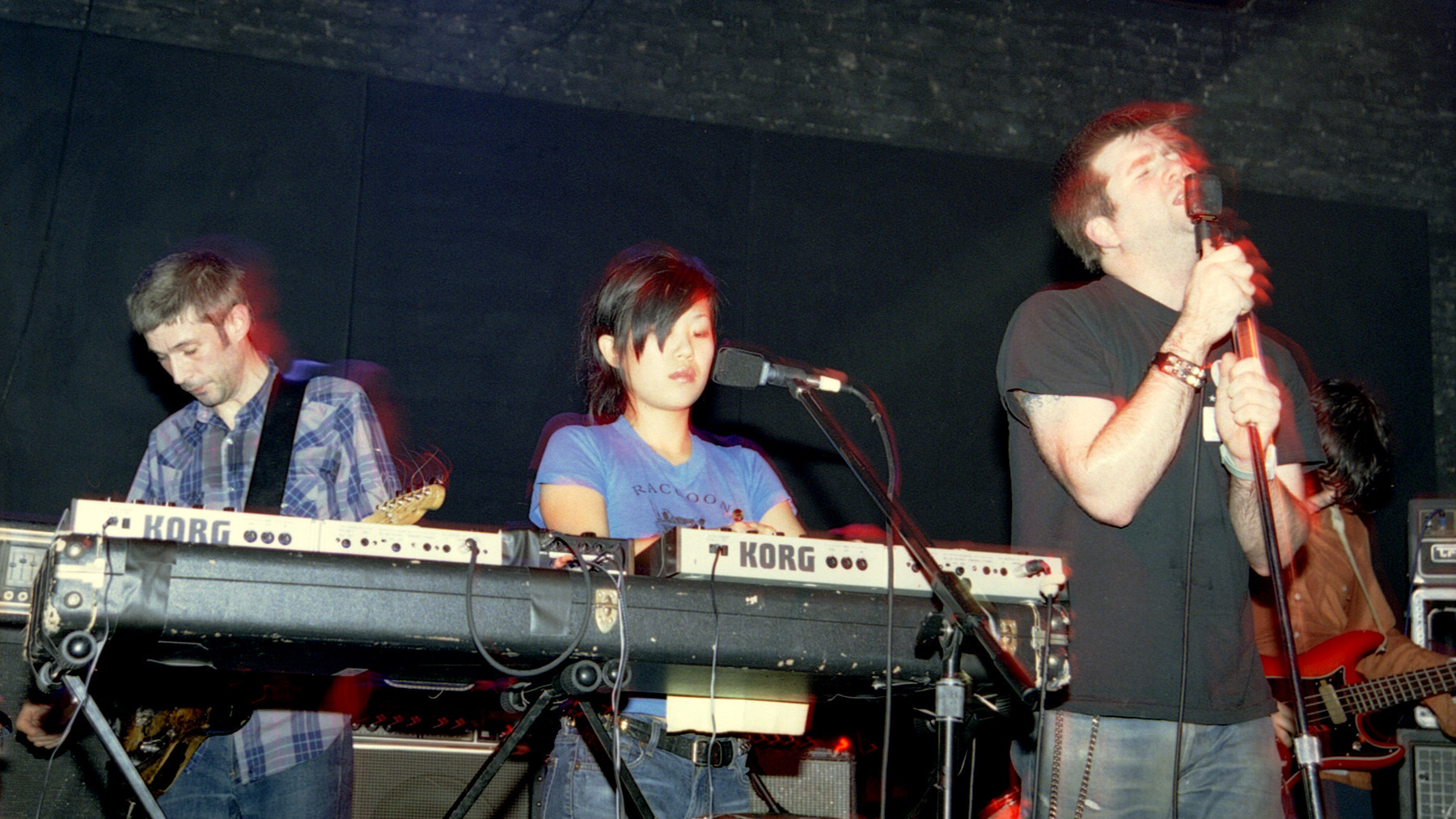 LCD Sound System – UNITED STATES – DECEMBER 14: BOWERY BALLROOM Photo of LCD SOUNDSYSTEM, LCD Soundsystem performing at Bowery Ballroom NYC on December 14 2002 (Photo by David Corio/Redferns)Image Credit: Redferns
LCD Sound System – UNITED STATES – DECEMBER 14: BOWERY BALLROOM Photo of LCD SOUNDSYSTEM, LCD Soundsystem performing at Bowery Ballroom NYC on December 14 2002 (Photo by David Corio/Redferns)Image Credit: Redferns
LCD Soundsystem’s “Losing My Edge” is a brilliant debut that ignited New York’s dance-punk scene. James Murphy’s spoken-word delivery, blending wry humor with danceable beats, created a unique and influential track. “Losing My Edge” captured the anxieties of aging hipsters and the universal fear of missing out (FOMO), making it both a comedic and danceable anthem.
Shakira, ‘Ojos Asi (Thunder Mix)’ (1999)
Image Credit: ASSOCIATED PRESS
Shakira’s “Ojos Asi (Thunder Mix)” is a Latin pop dance floor filler. Remixed by Pablo Flores, this track took Shakira’s original song, infused with Lebanese influences, and transformed it into a global dance anthem. Flores’ masterful production expanded the song’s reach, appealing to dance floors worldwide and highlighting Shakira’s global sound.
Squarepusher, ‘My Red Hot Car’ (2001)
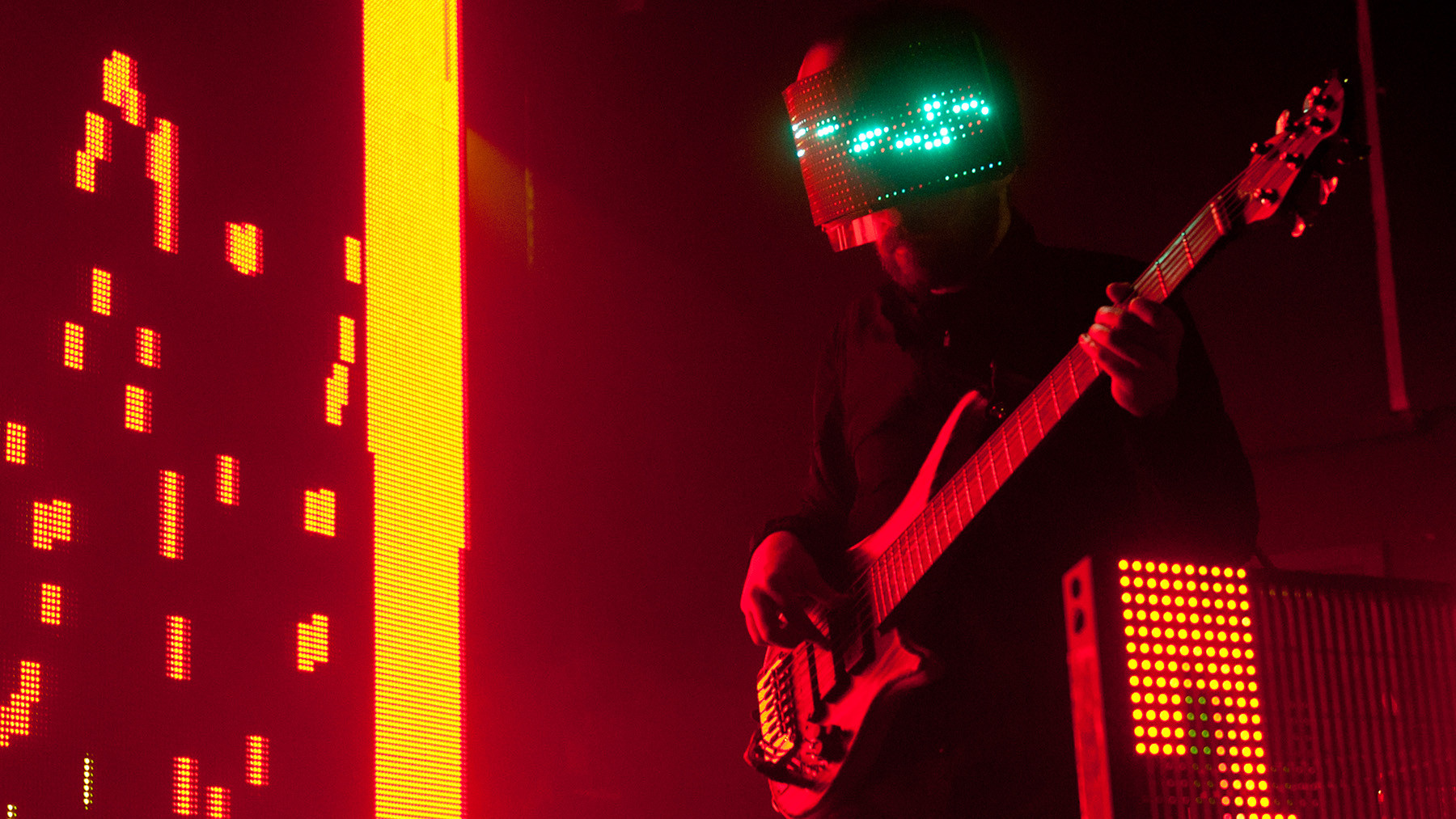 Squarepusher – NOTTINGHAM, UNITED KINGDOM – MARCH 29: (EXCLUSIVE ACCESS) Squarepusher performs a one off show on stage at Rescue Rooms on March 29, 2013 in Nottingham, England. (Photo by Ollie Millington/Redferns via Getty Images)Image Credit: Redferns via Getty Images
Squarepusher – NOTTINGHAM, UNITED KINGDOM – MARCH 29: (EXCLUSIVE ACCESS) Squarepusher performs a one off show on stage at Rescue Rooms on March 29, 2013 in Nottingham, England. (Photo by Ollie Millington/Redferns via Getty Images)Image Credit: Redferns via Getty Images
Squarepusher’s “My Red Hot Car” is an adventurous drum and bass track. Tom Jenkinson (Squarepusher) twisted drum and bass into complex, abstract forms. “My Red Hot Car,” while experimental with cut-up vocals and glitchy production, retains a crowd-moving groove and a catchy bassline, making it a favorite among adventurous DJs.
Moloko, ‘Sing It Back (Boris Musical Mix)’ (1997)
Image Credit: Getty Images
Moloko’s “Sing It Back (Boris Musical Mix)” transformed a downtempo track into a house hit. The original “Sing It Back” was moody and slow, but Boris Dlugosch’s remix injected a crisp house groove, highlighting Róisín Murphy’s distinctive vocals. This remix became a UK Top Five hit and launched Murphy’s successful dance-oriented solo career.
The Human League, ‘Don’t You Want Me’ (1981)
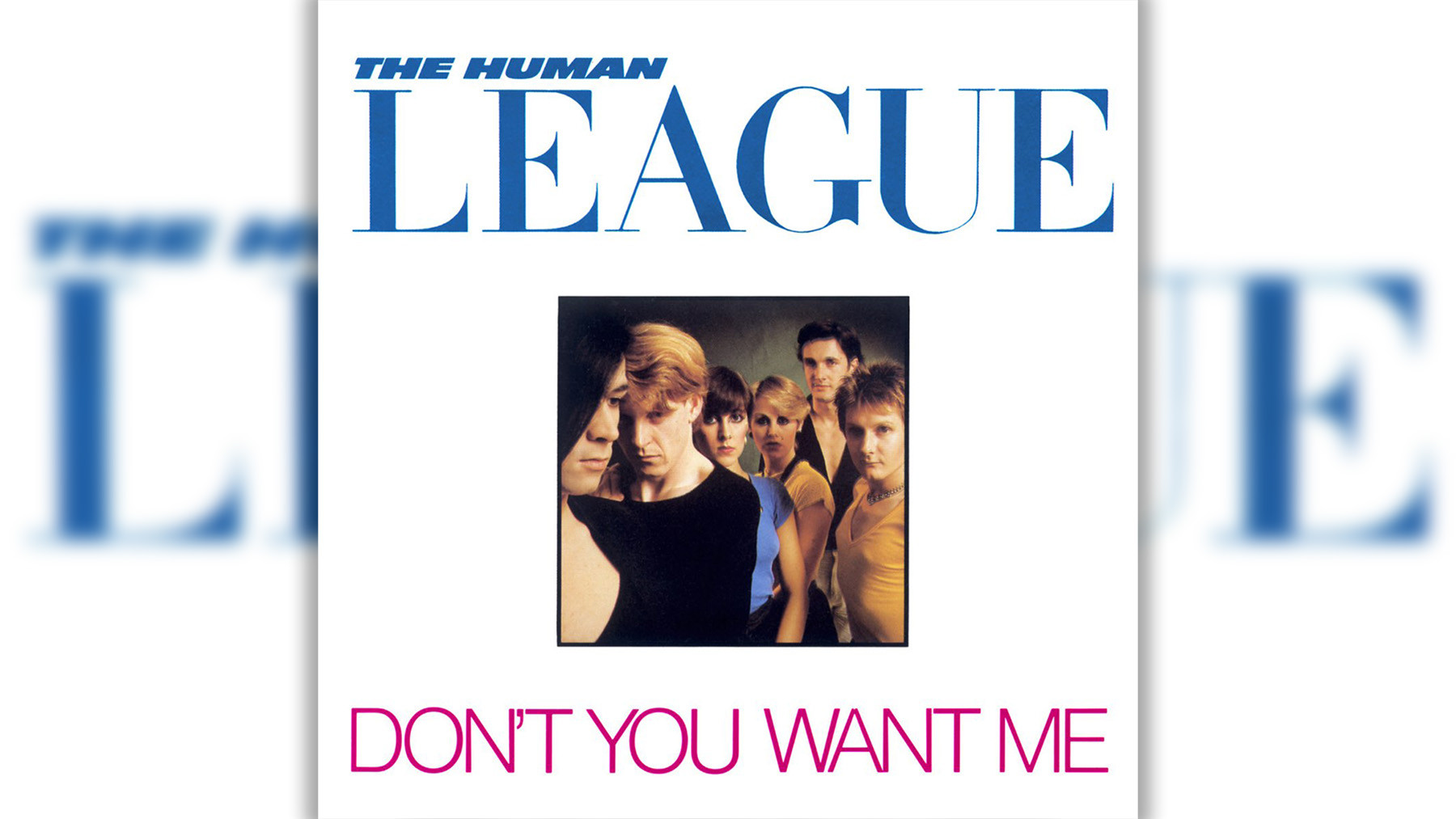 The Human League DonThe Human League’s “Don’t You Want Me” is a synth-pop classic that conquered both charts and dance floors. Inspired by A Star Is Born and My Fair Lady, the song’s he-said-she-said narrative and catchy riff proved irresistible. “Don’t You Want Me” became a Number One hit in the UK and US and a Top Three hit on the Billboard Dance Club chart, marking a pivotal moment for synth-pop in mainstream and club music.
The Human League DonThe Human League’s “Don’t You Want Me” is a synth-pop classic that conquered both charts and dance floors. Inspired by A Star Is Born and My Fair Lady, the song’s he-said-she-said narrative and catchy riff proved irresistible. “Don’t You Want Me” became a Number One hit in the UK and US and a Top Three hit on the Billboard Dance Club chart, marking a pivotal moment for synth-pop in mainstream and club music.
Conclusion
From the early days of disco to the contemporary sounds of EDM and beyond, dance music is a constantly evolving force. These top dance songs represent just a fraction of the genre’s vast history, but they highlight key moments, innovations, and enduring sounds that continue to move us. Explore these tracks and discover the rich tapestry of dance music culture.


